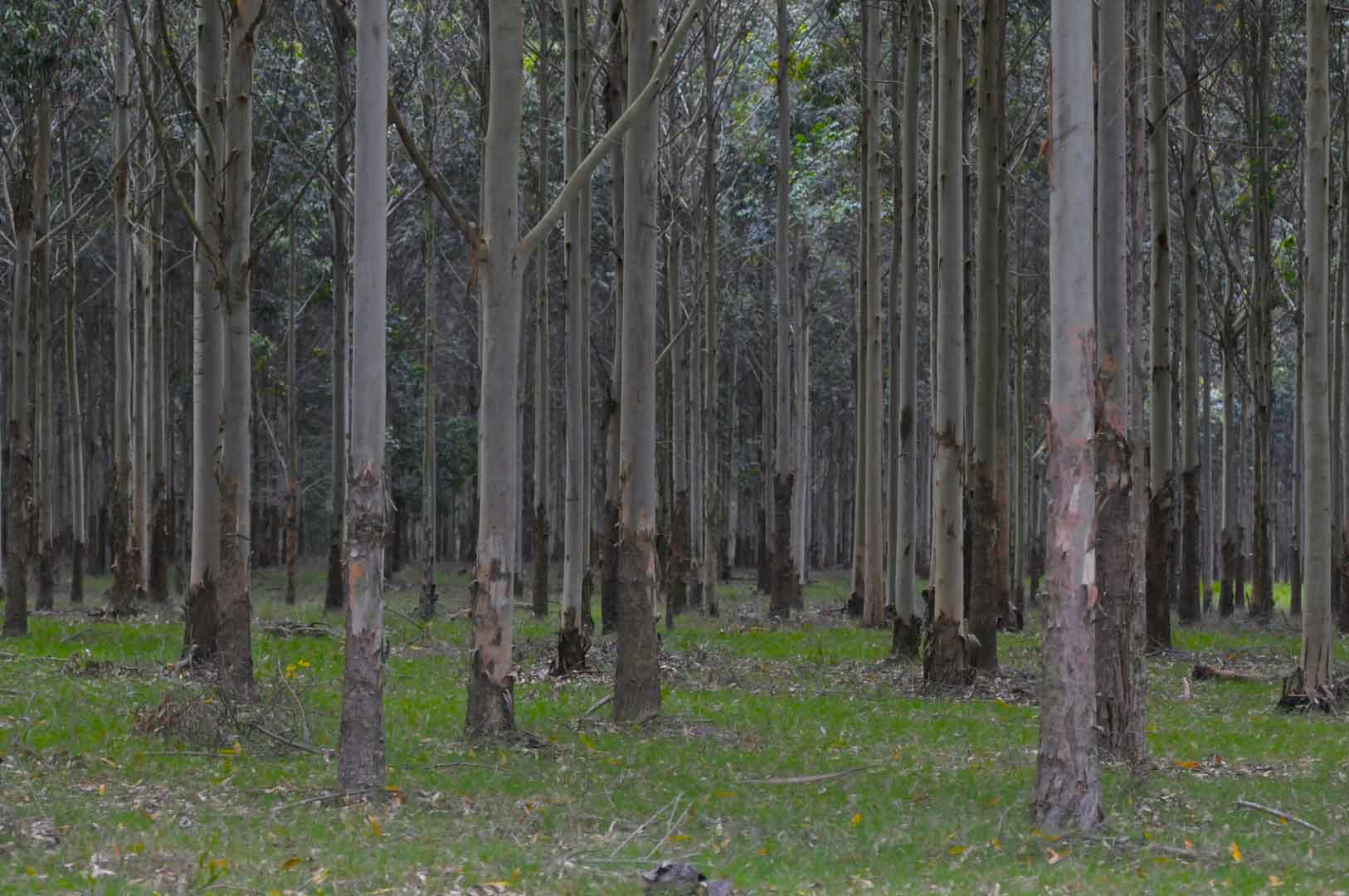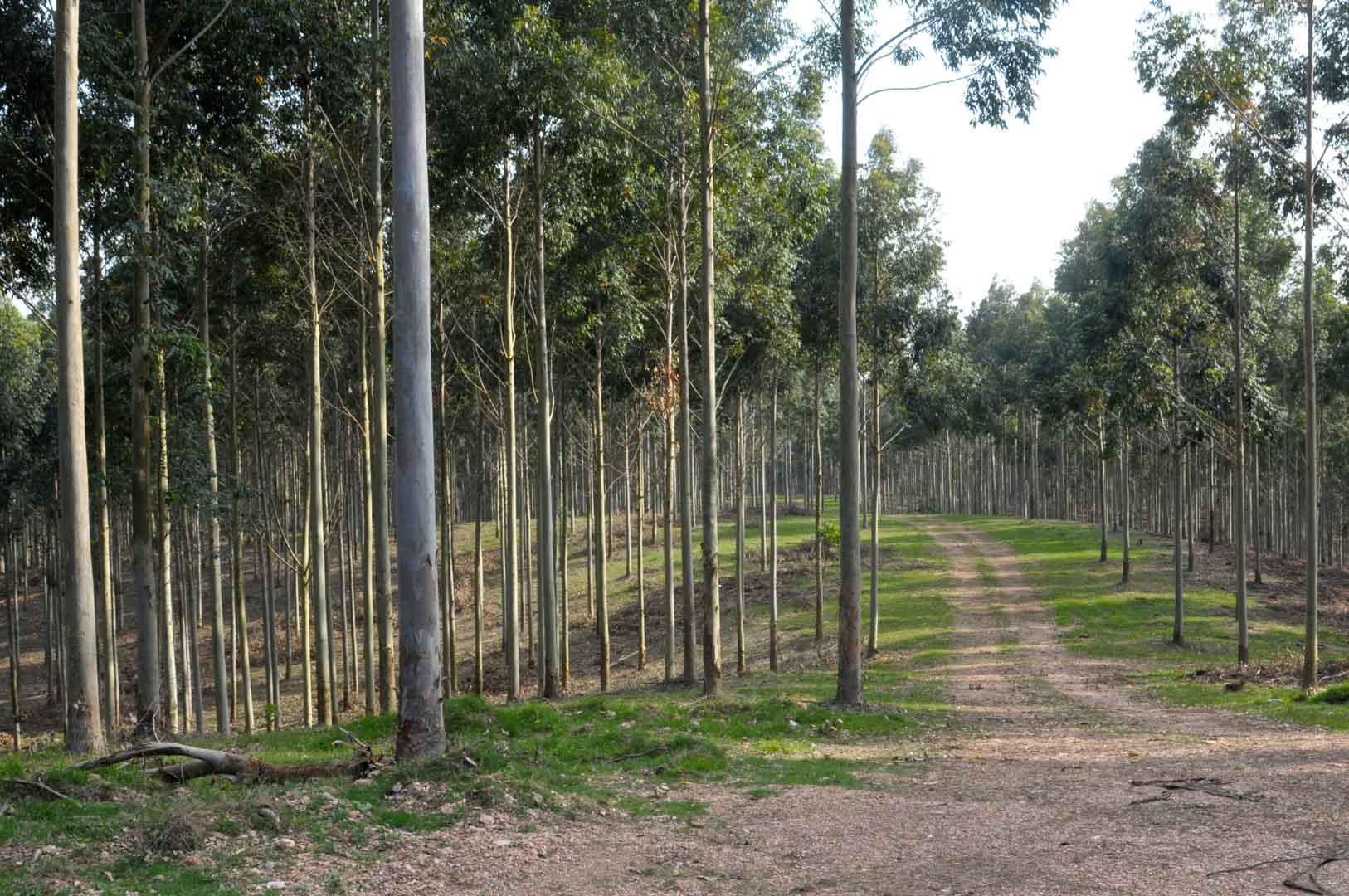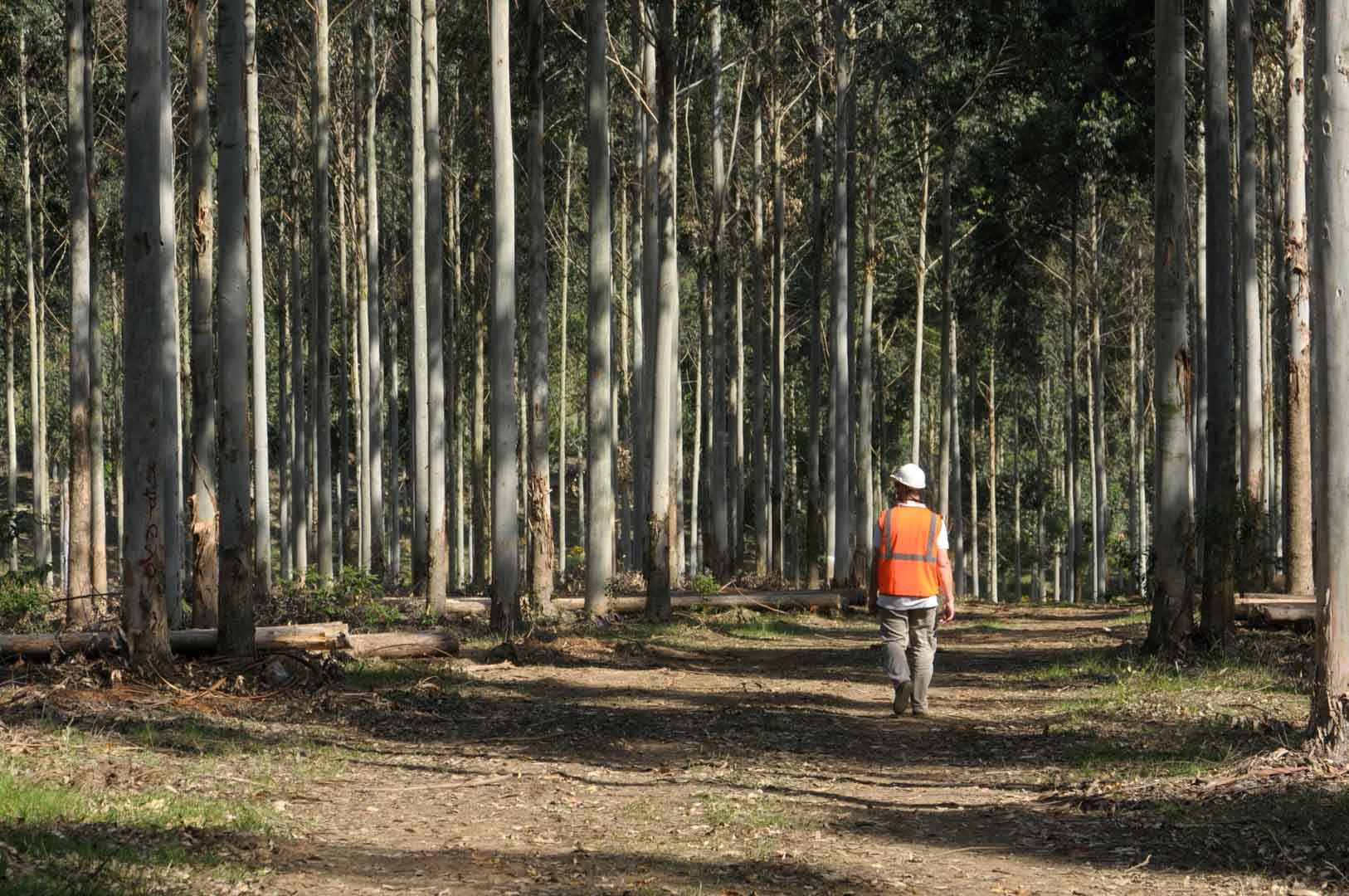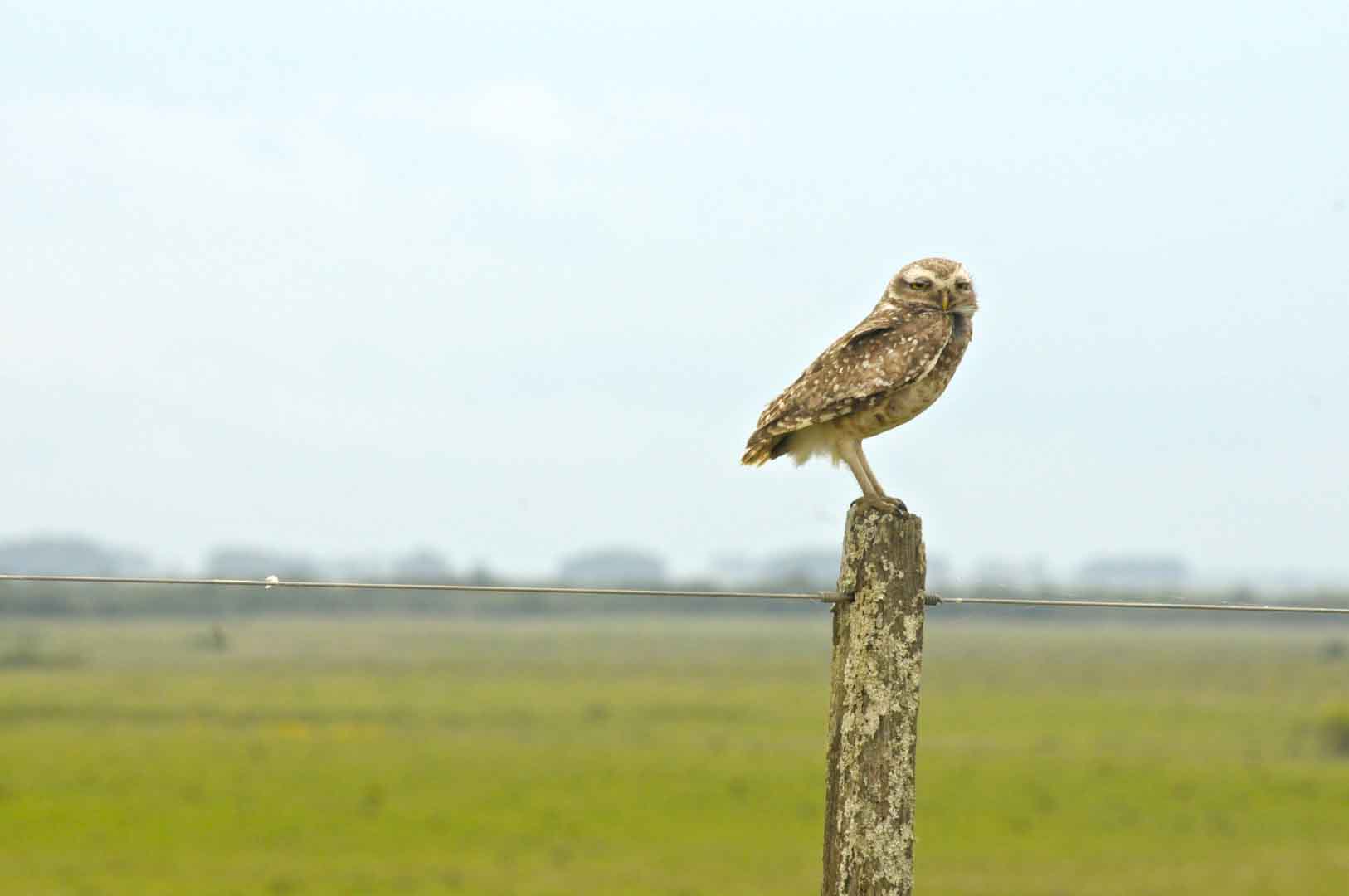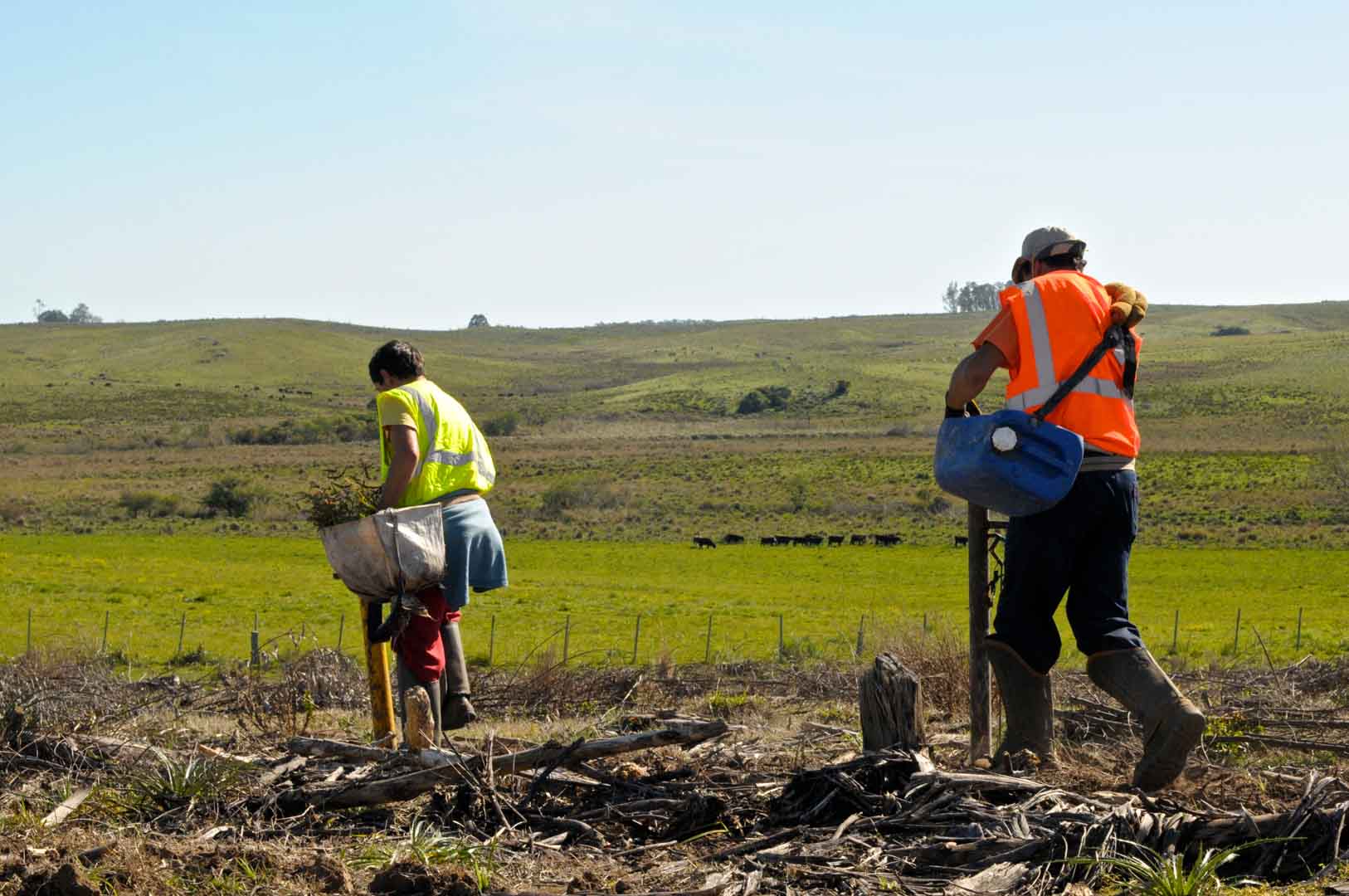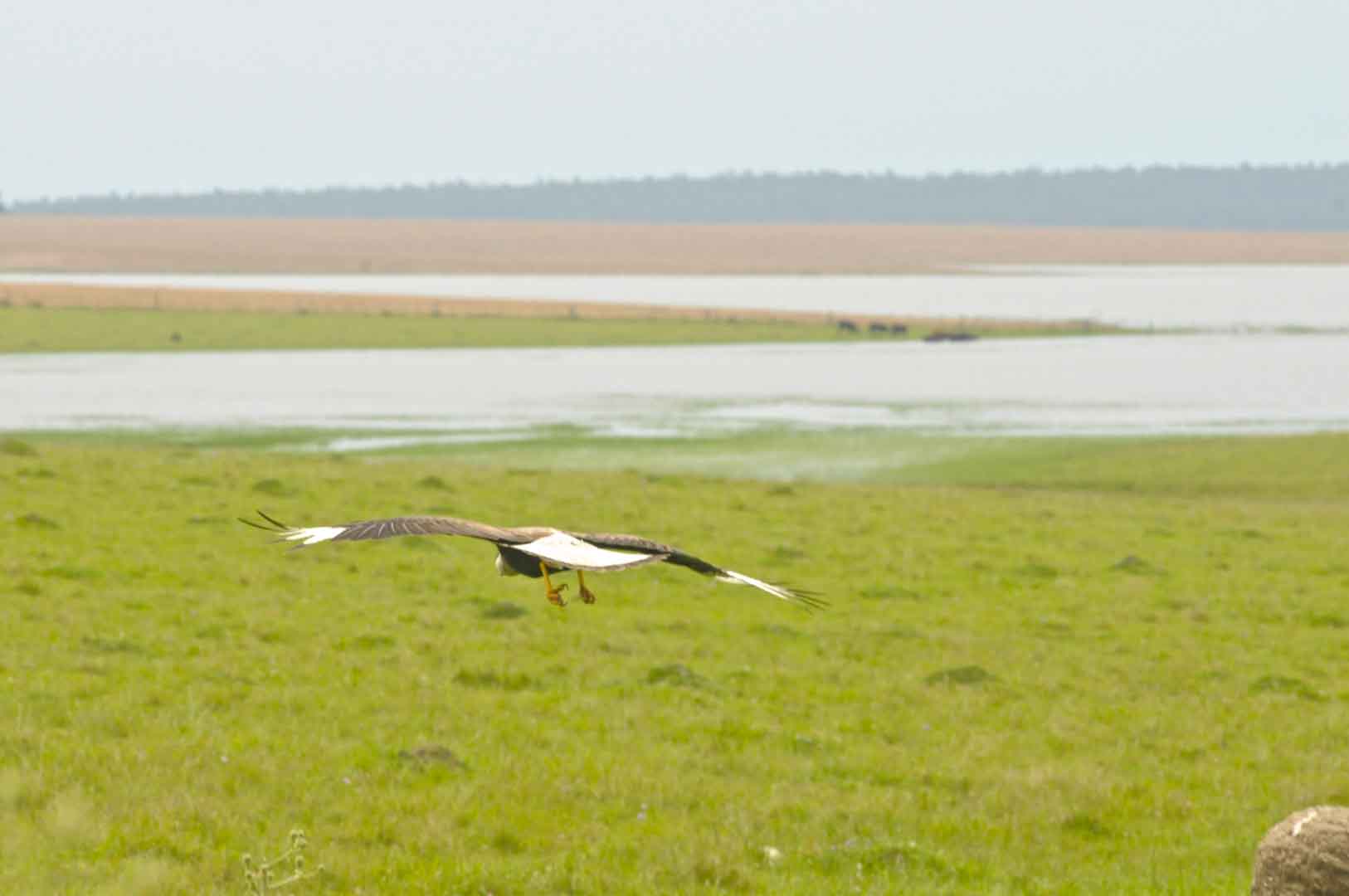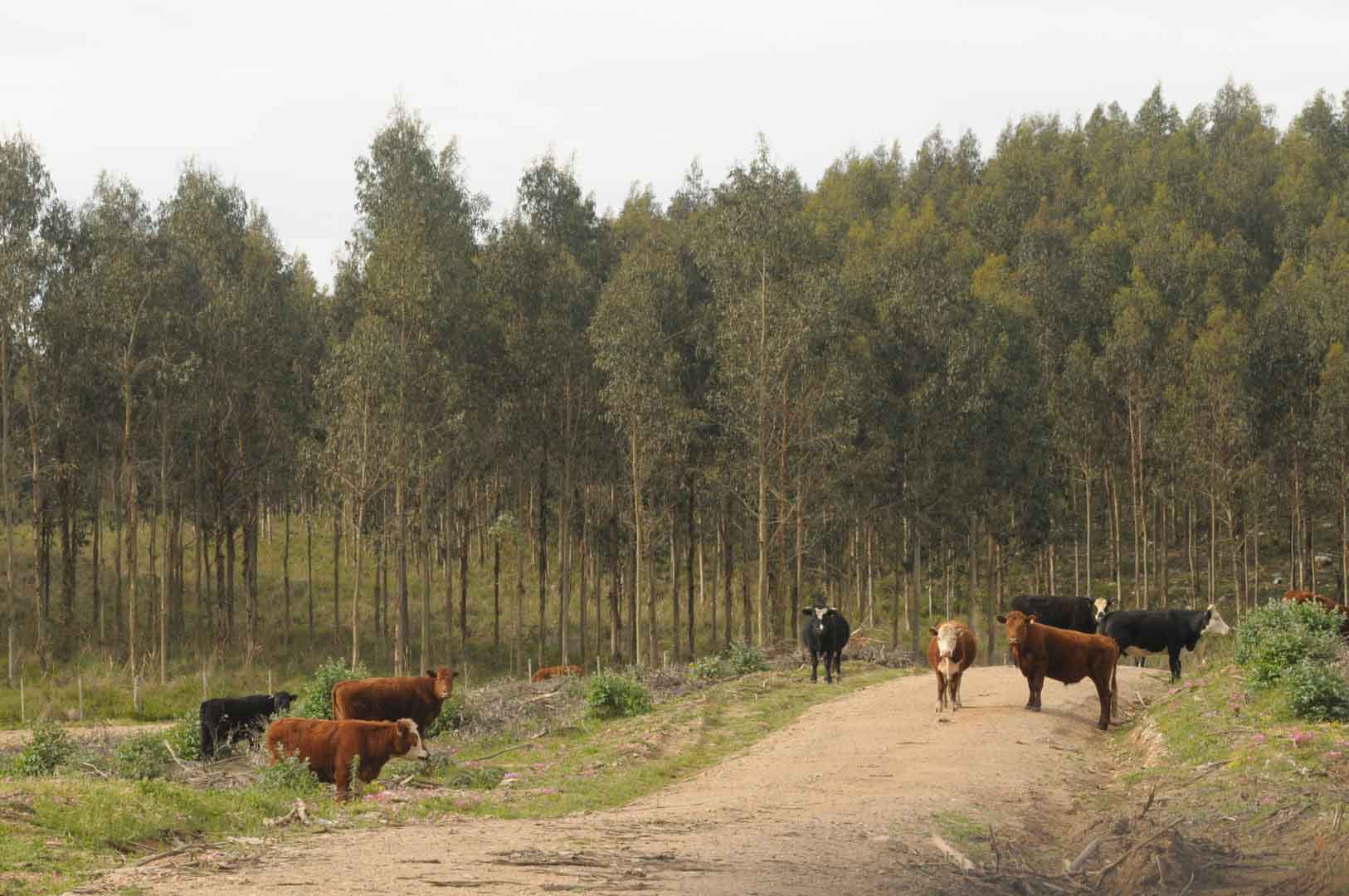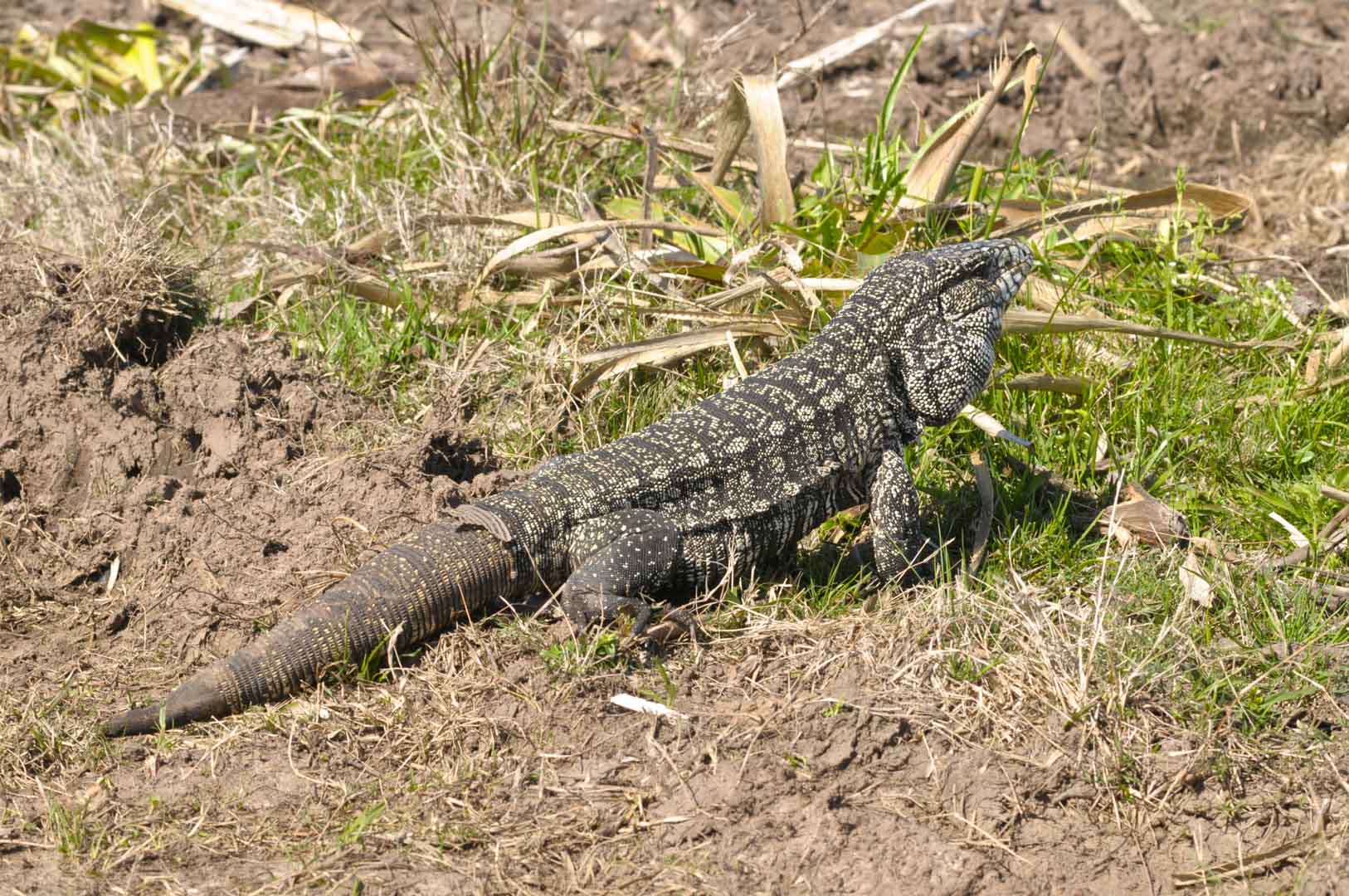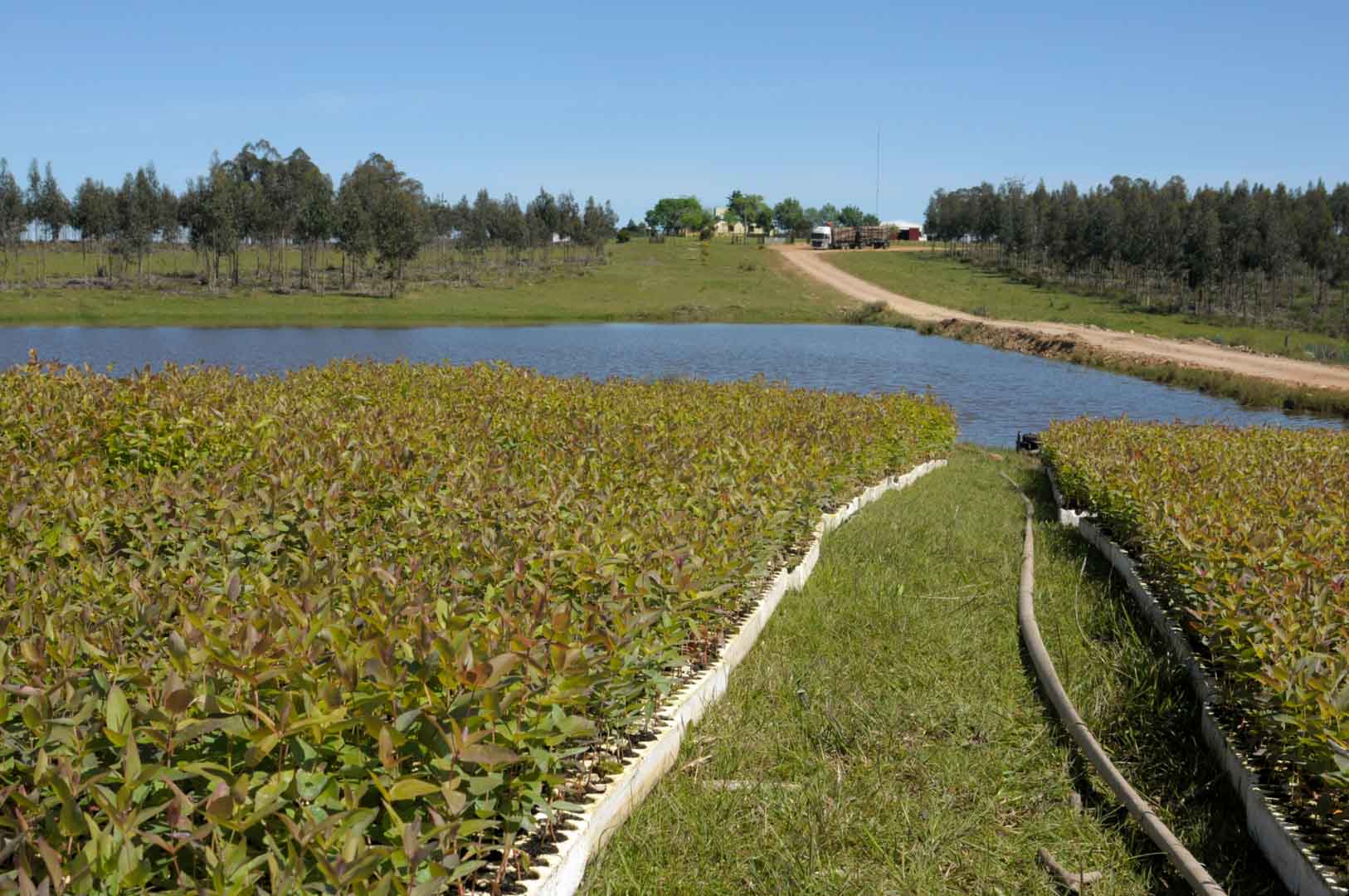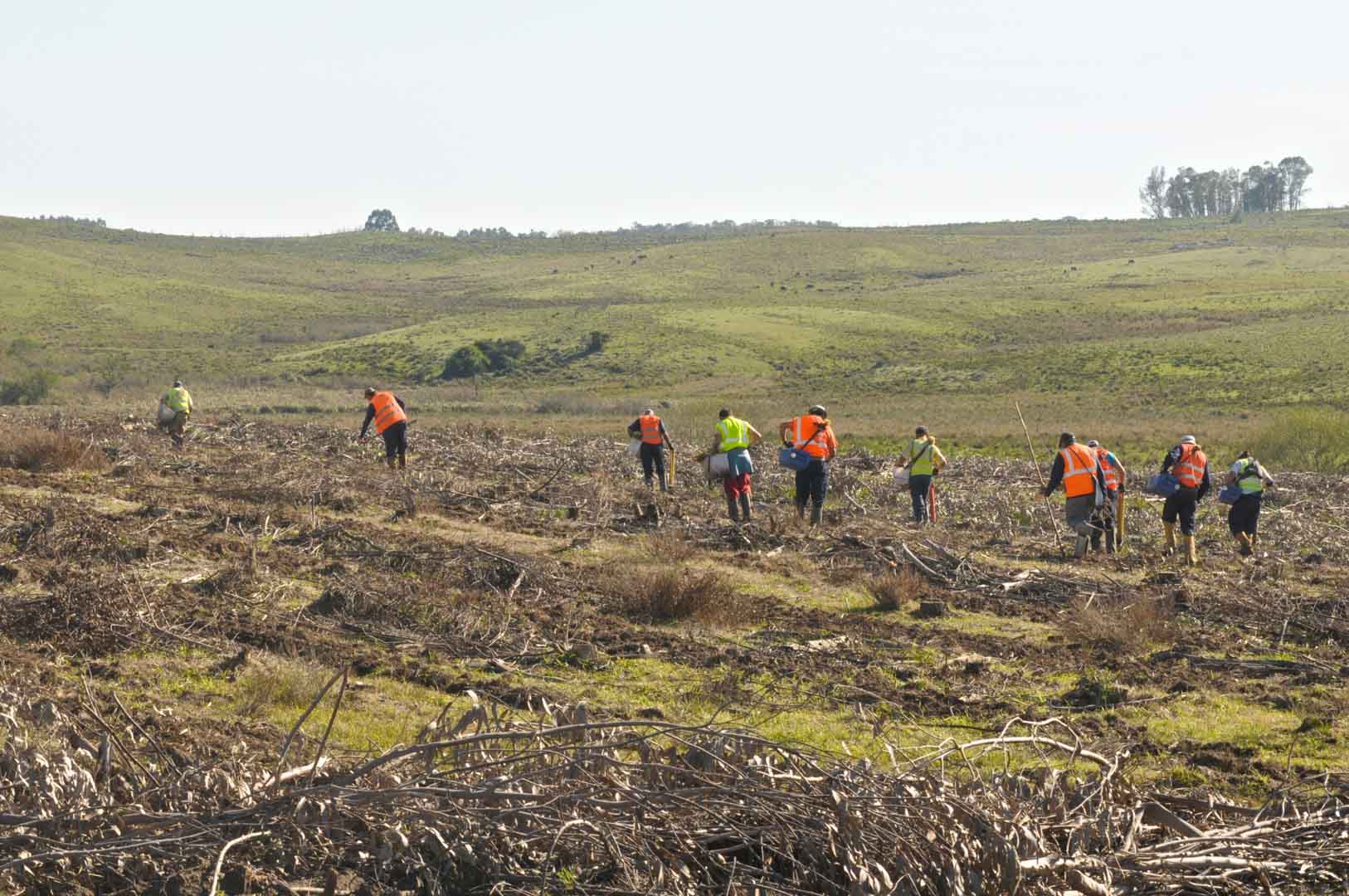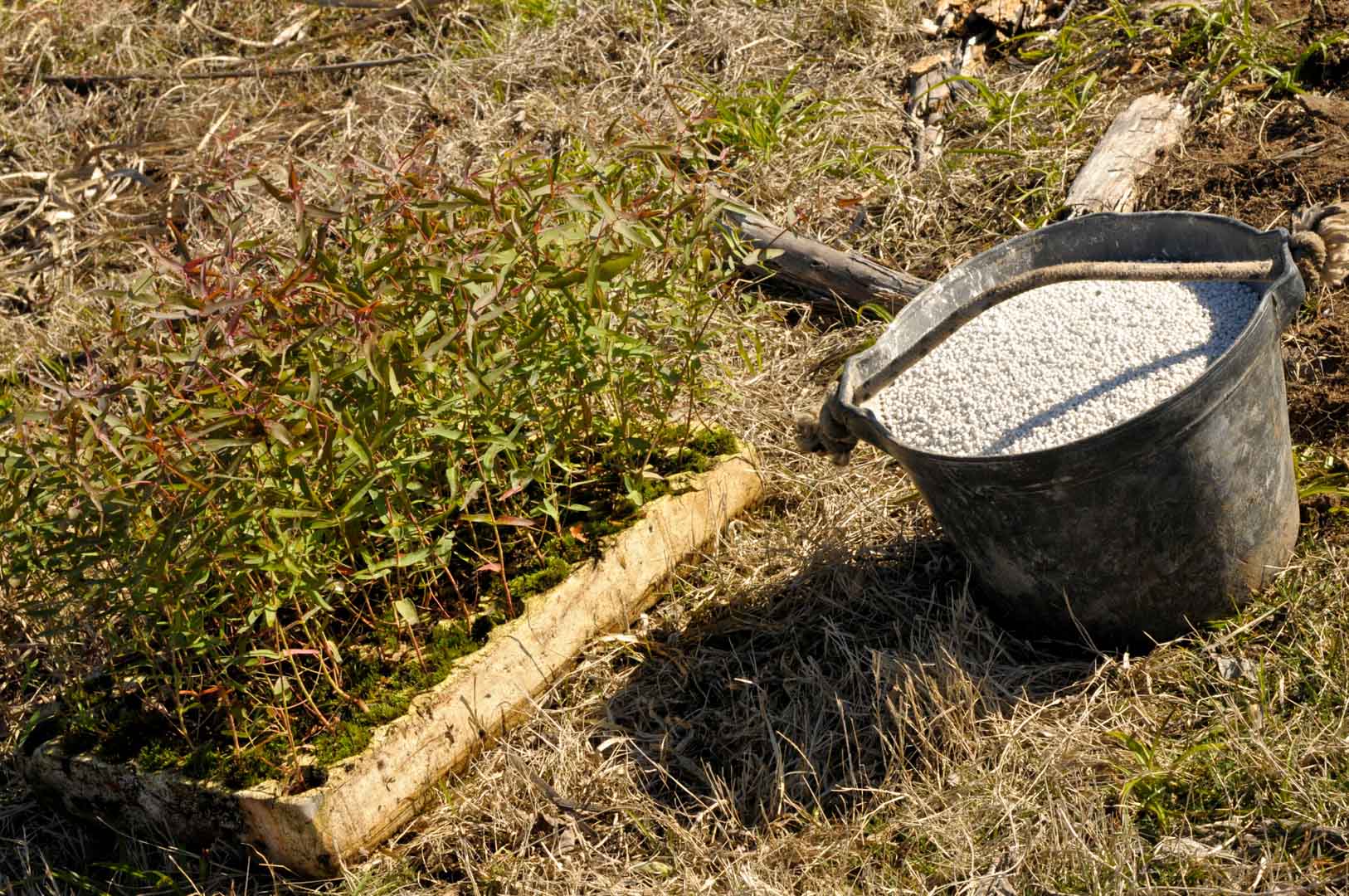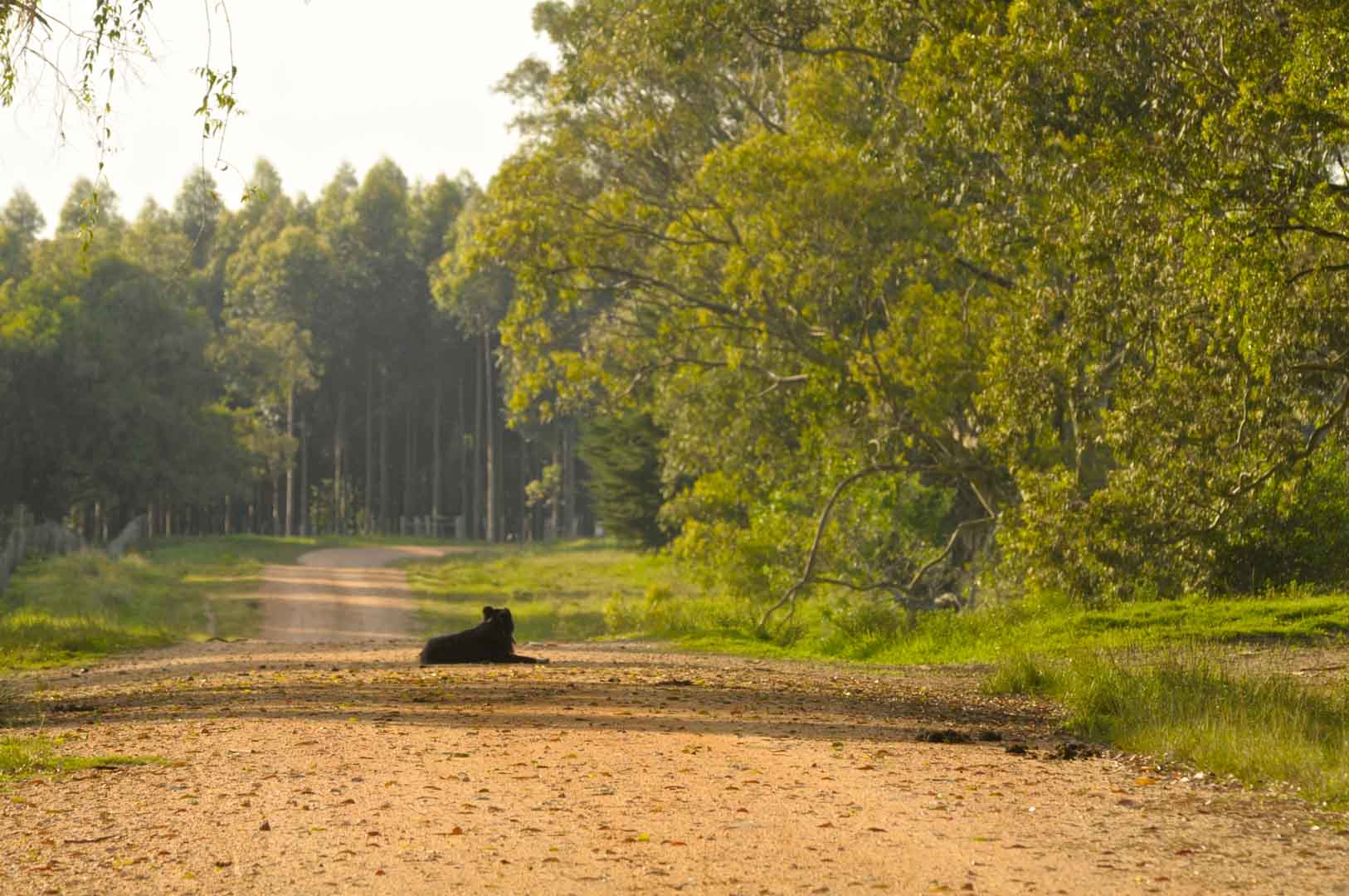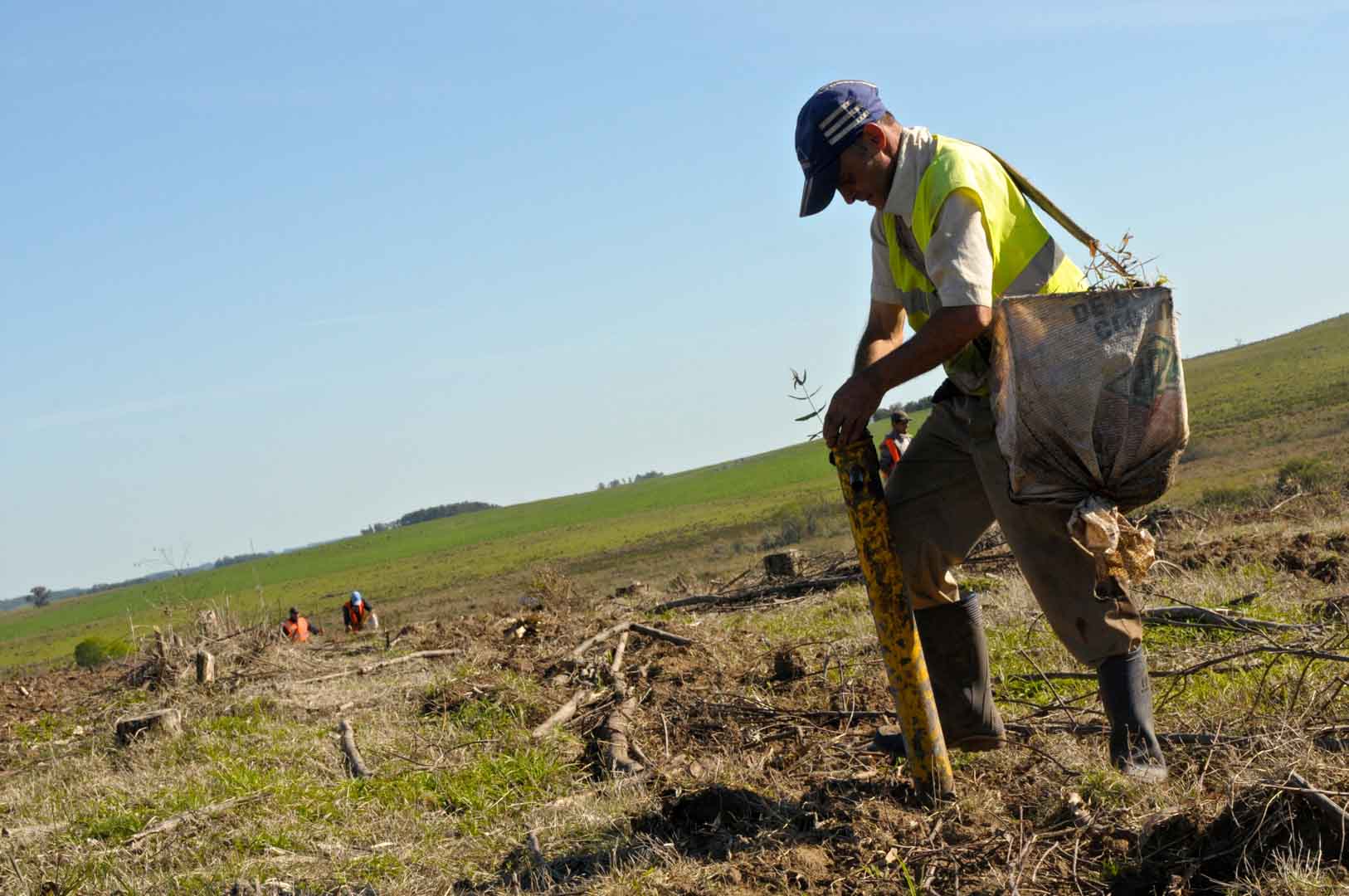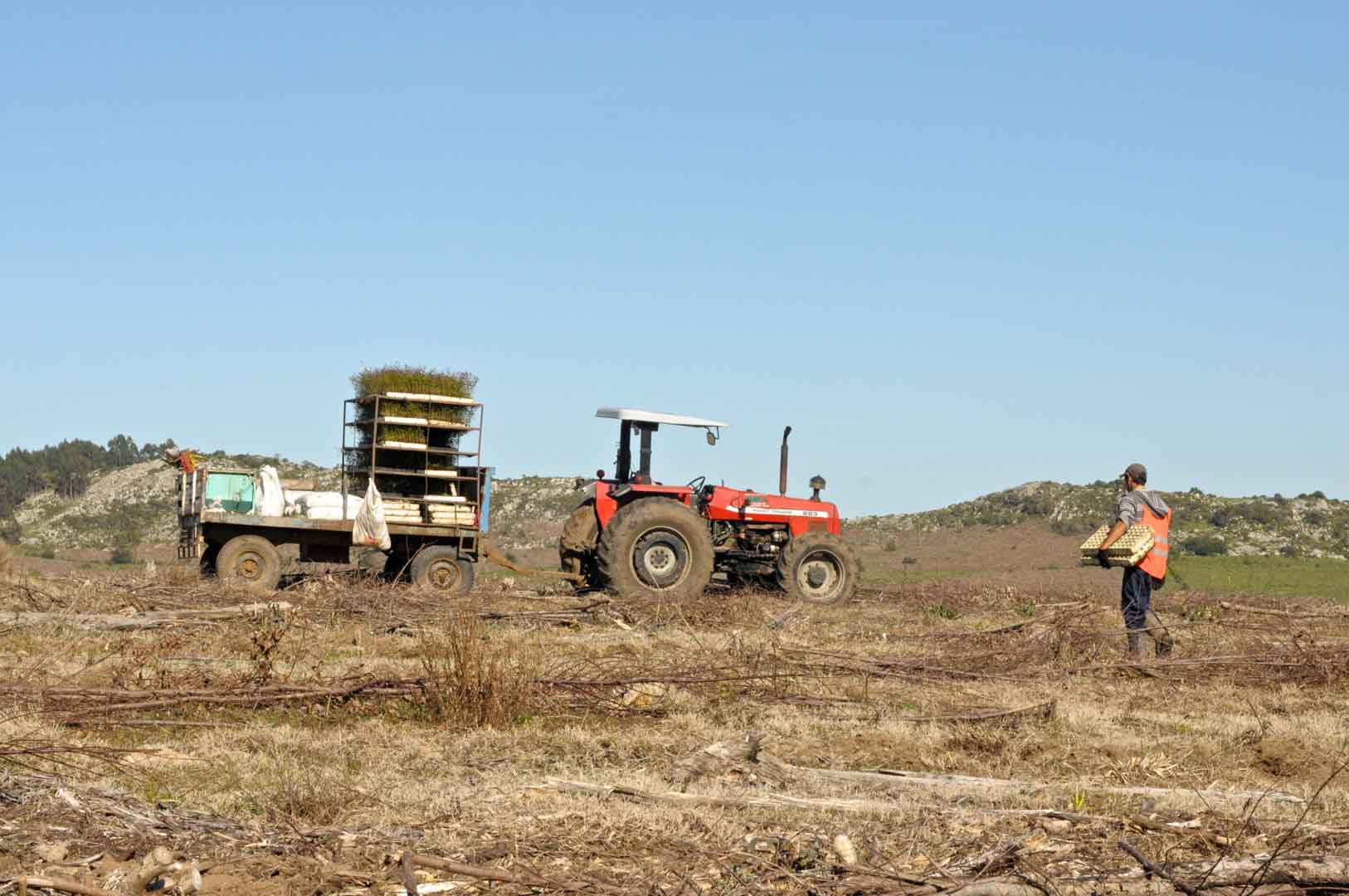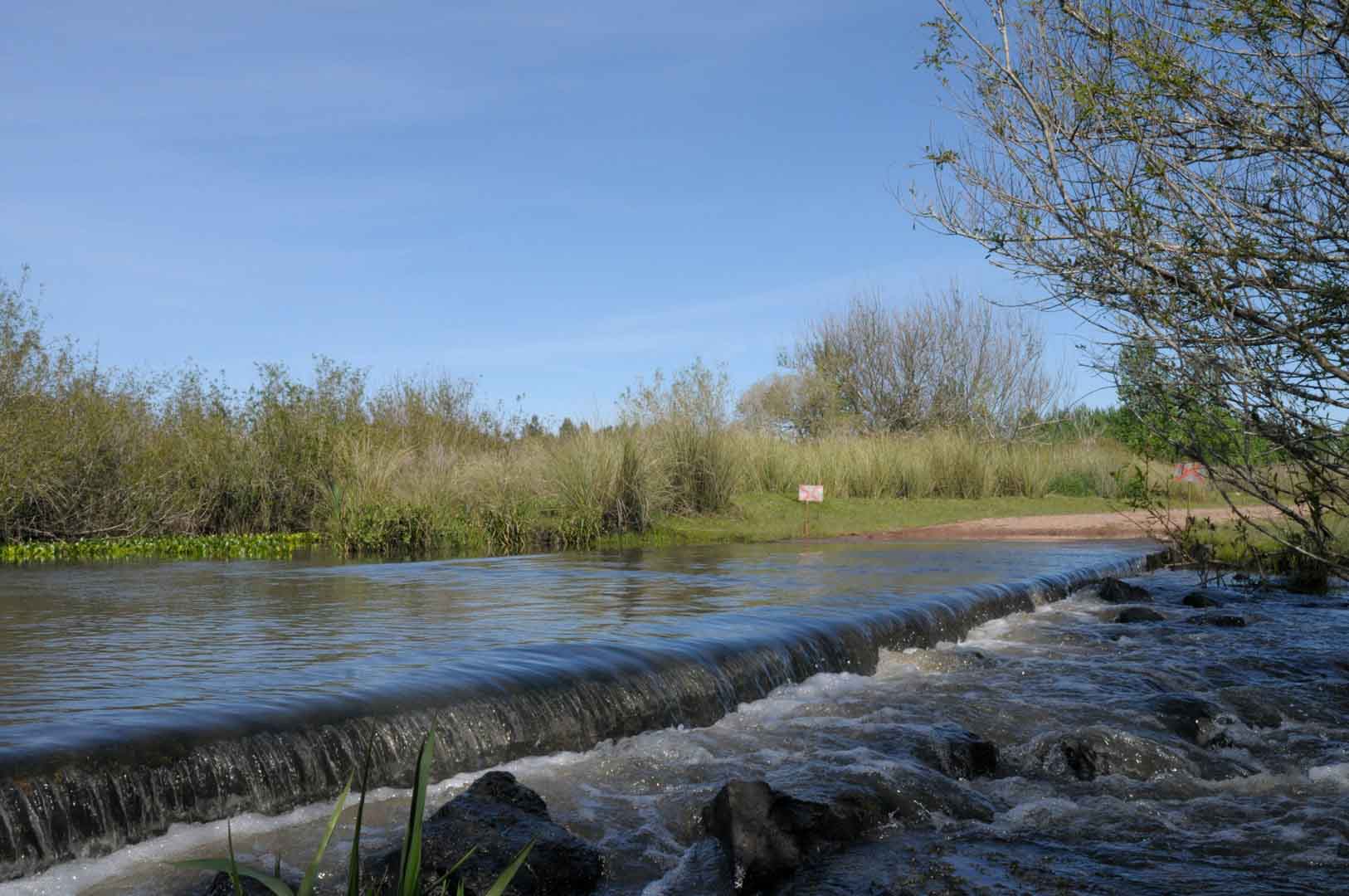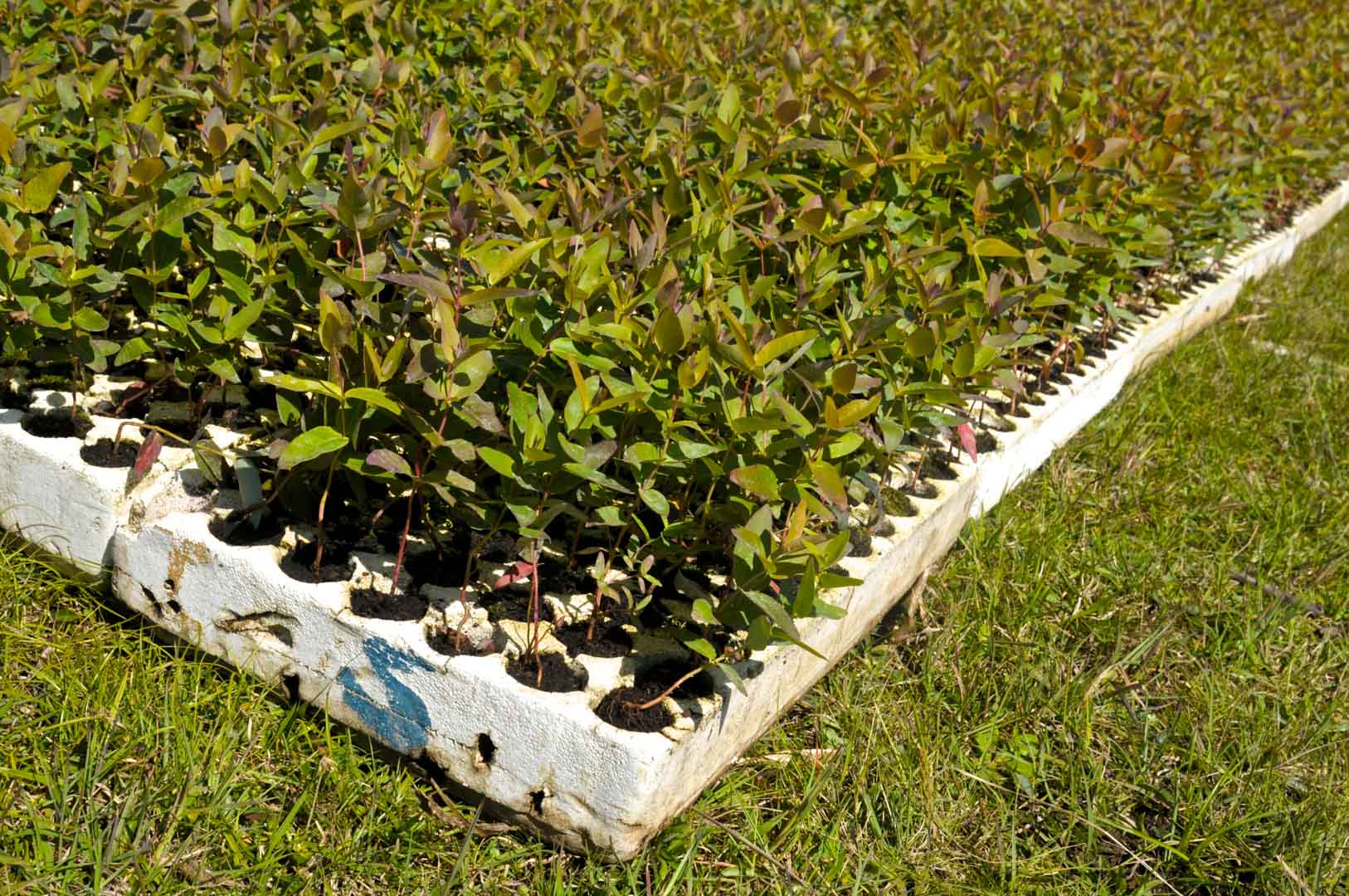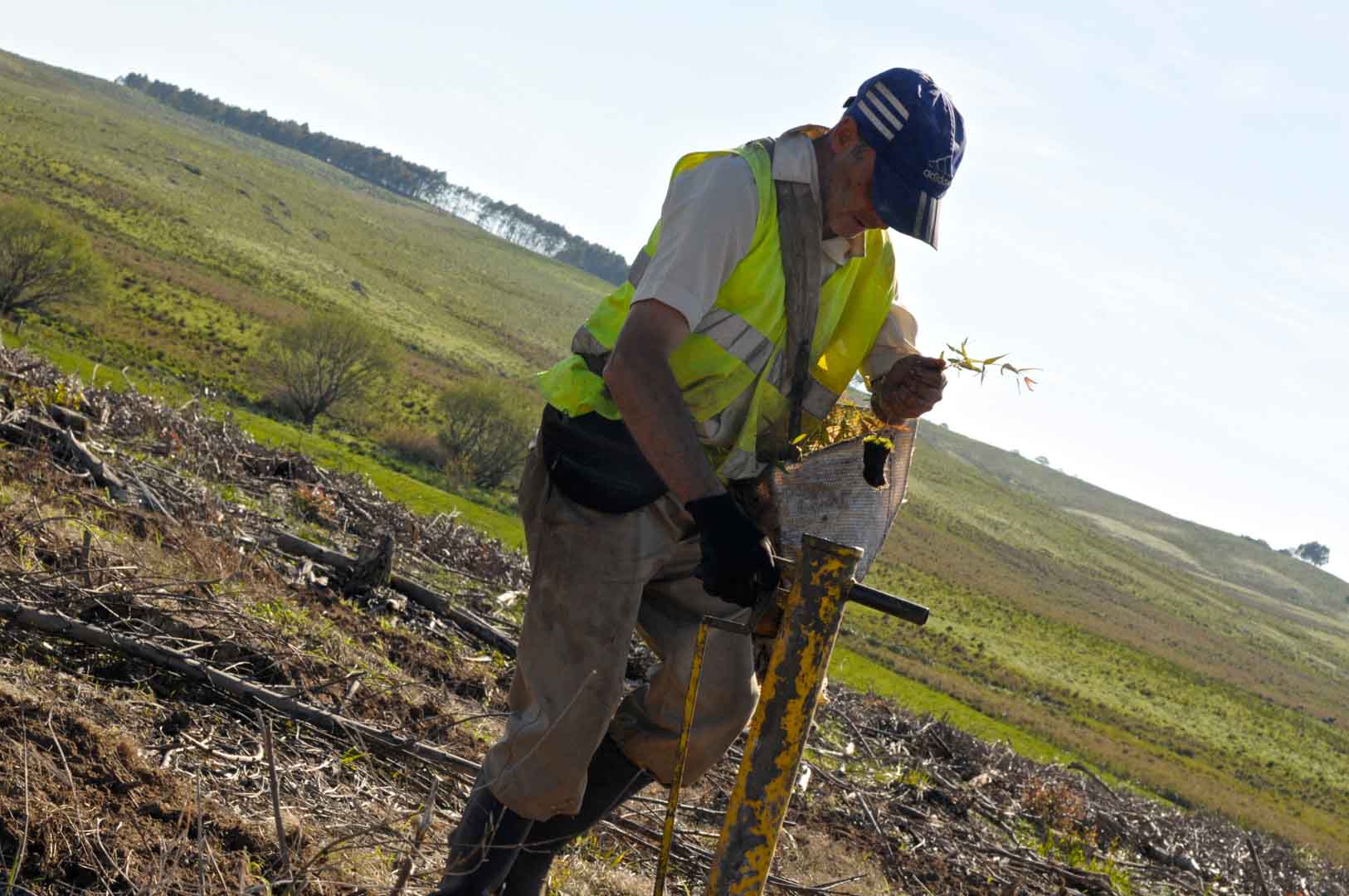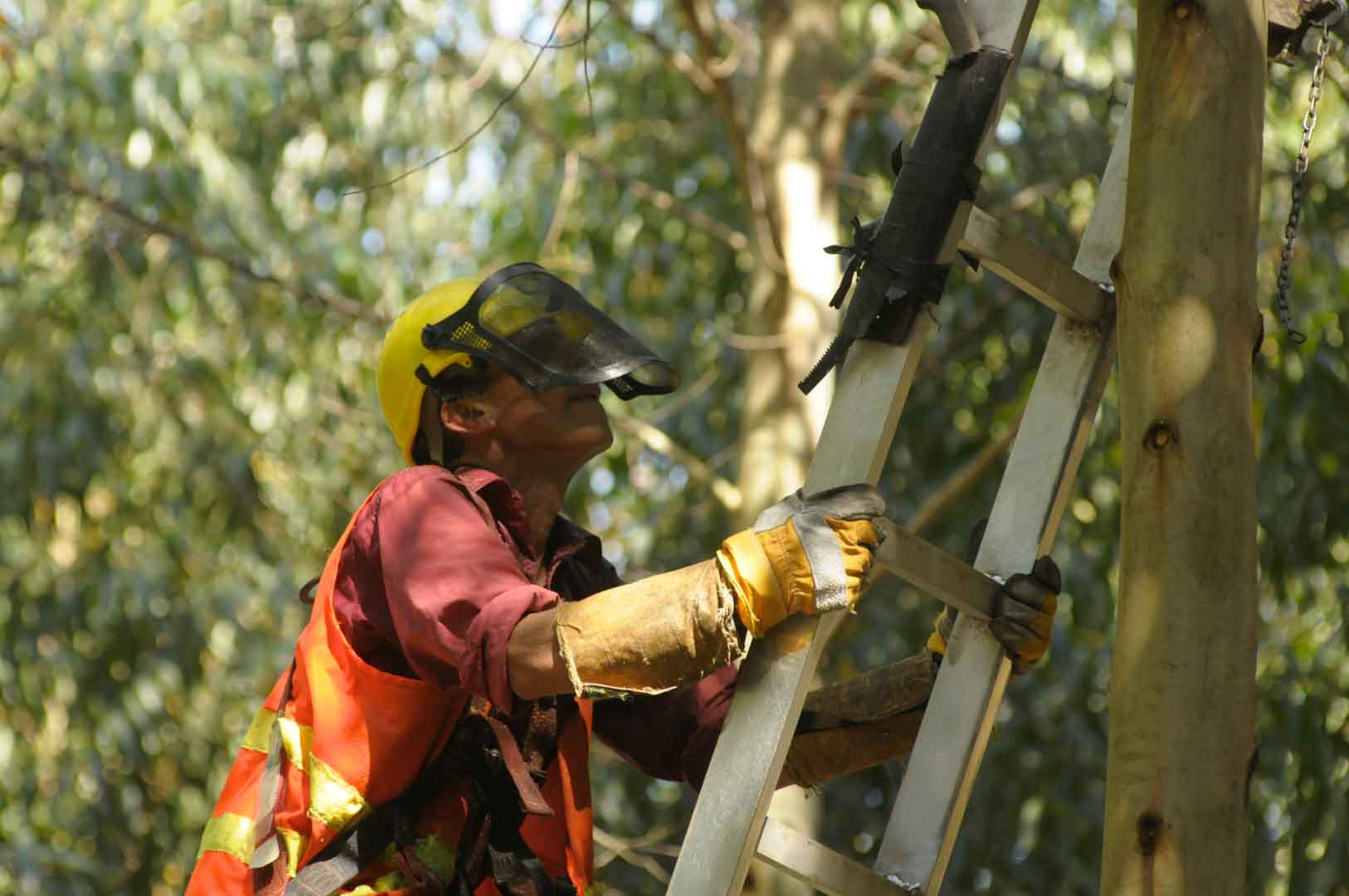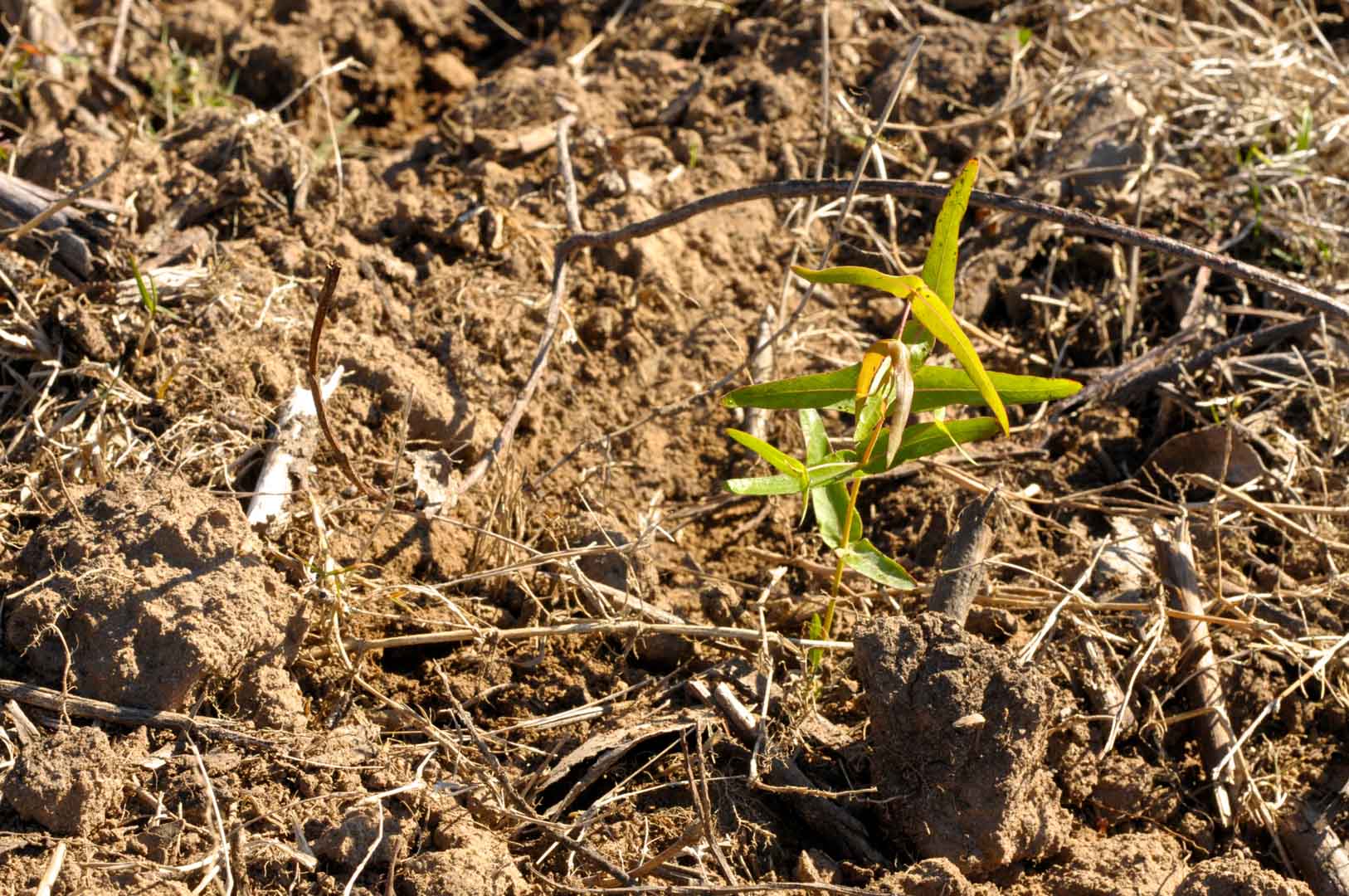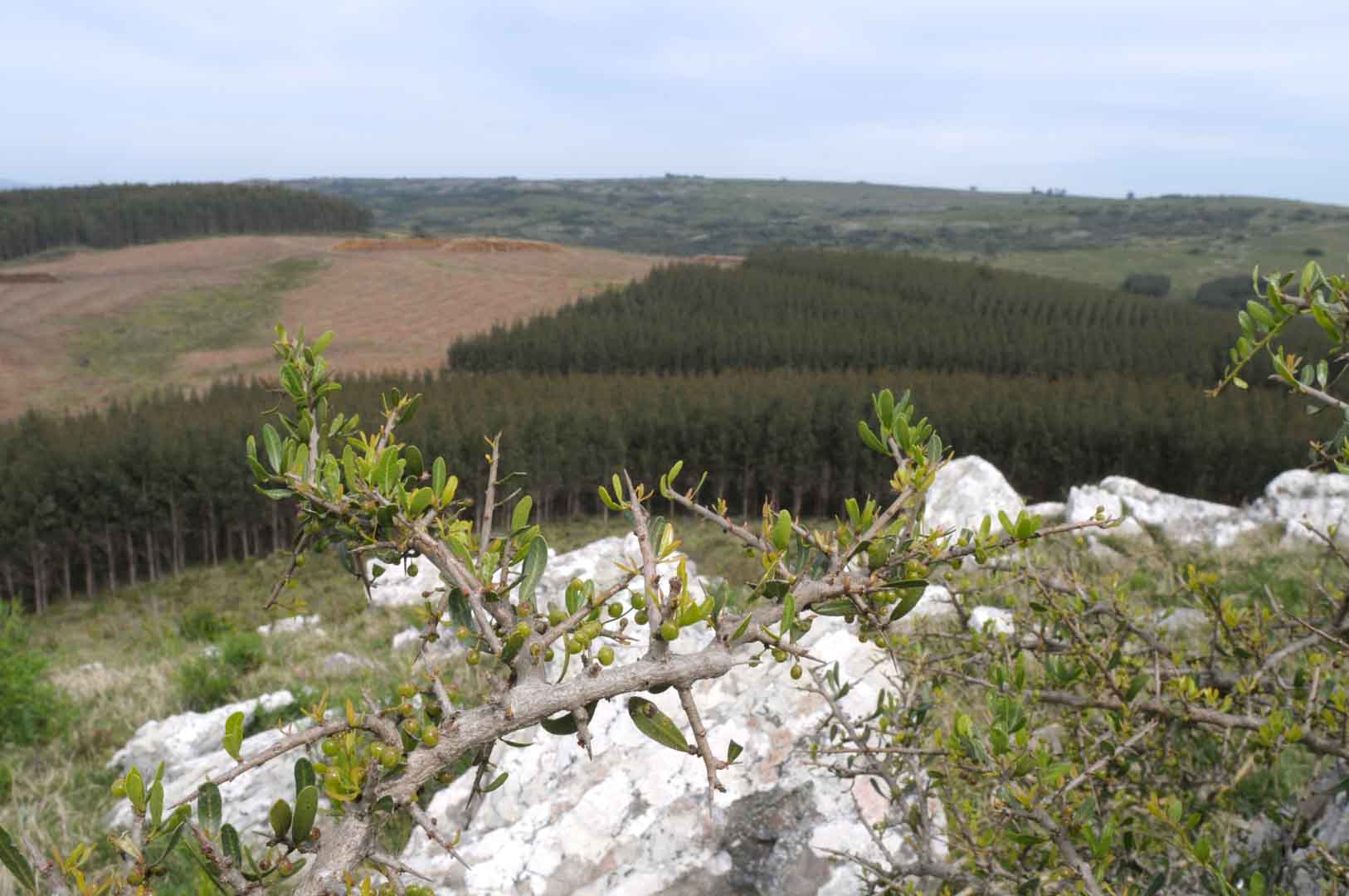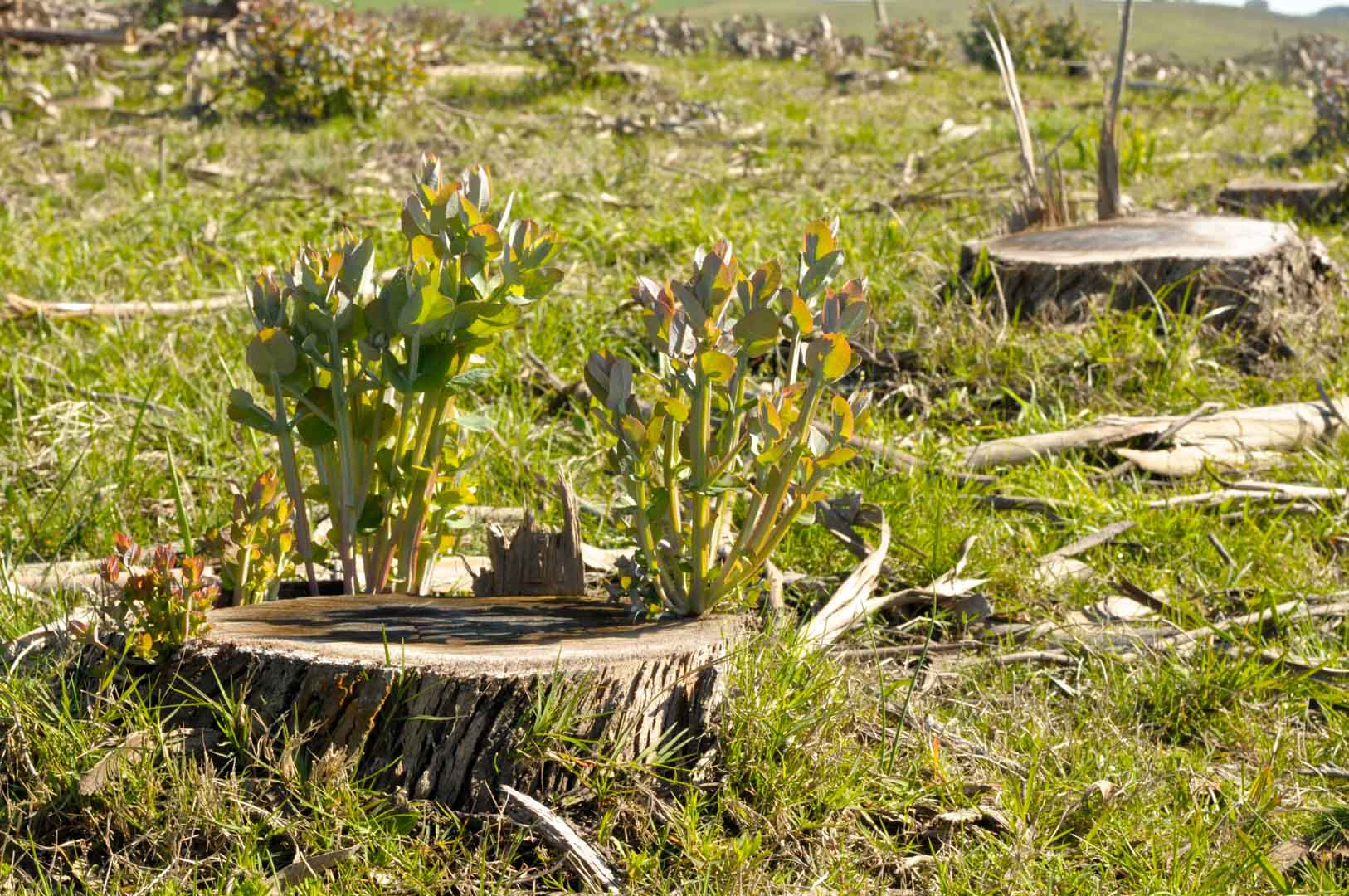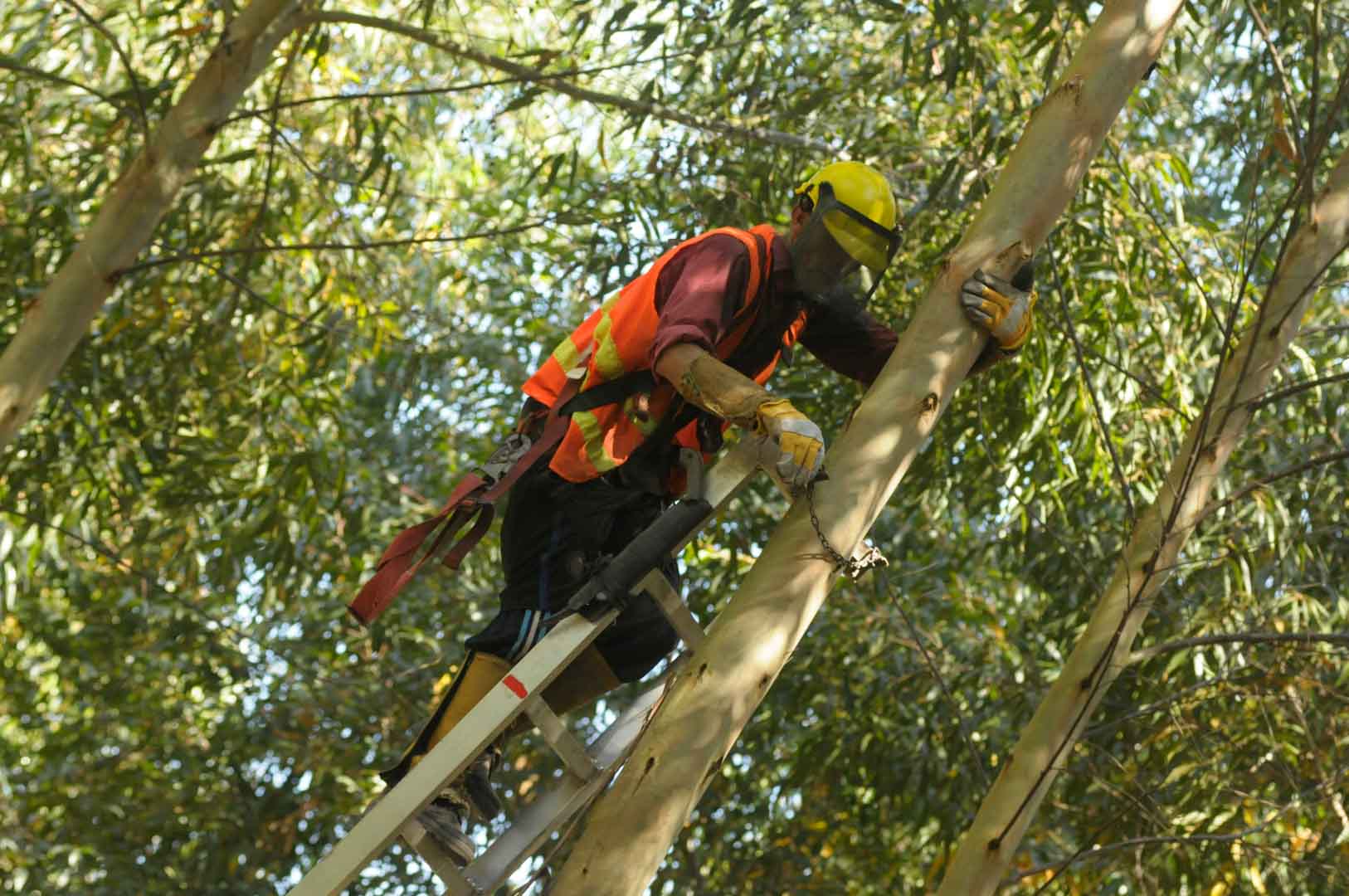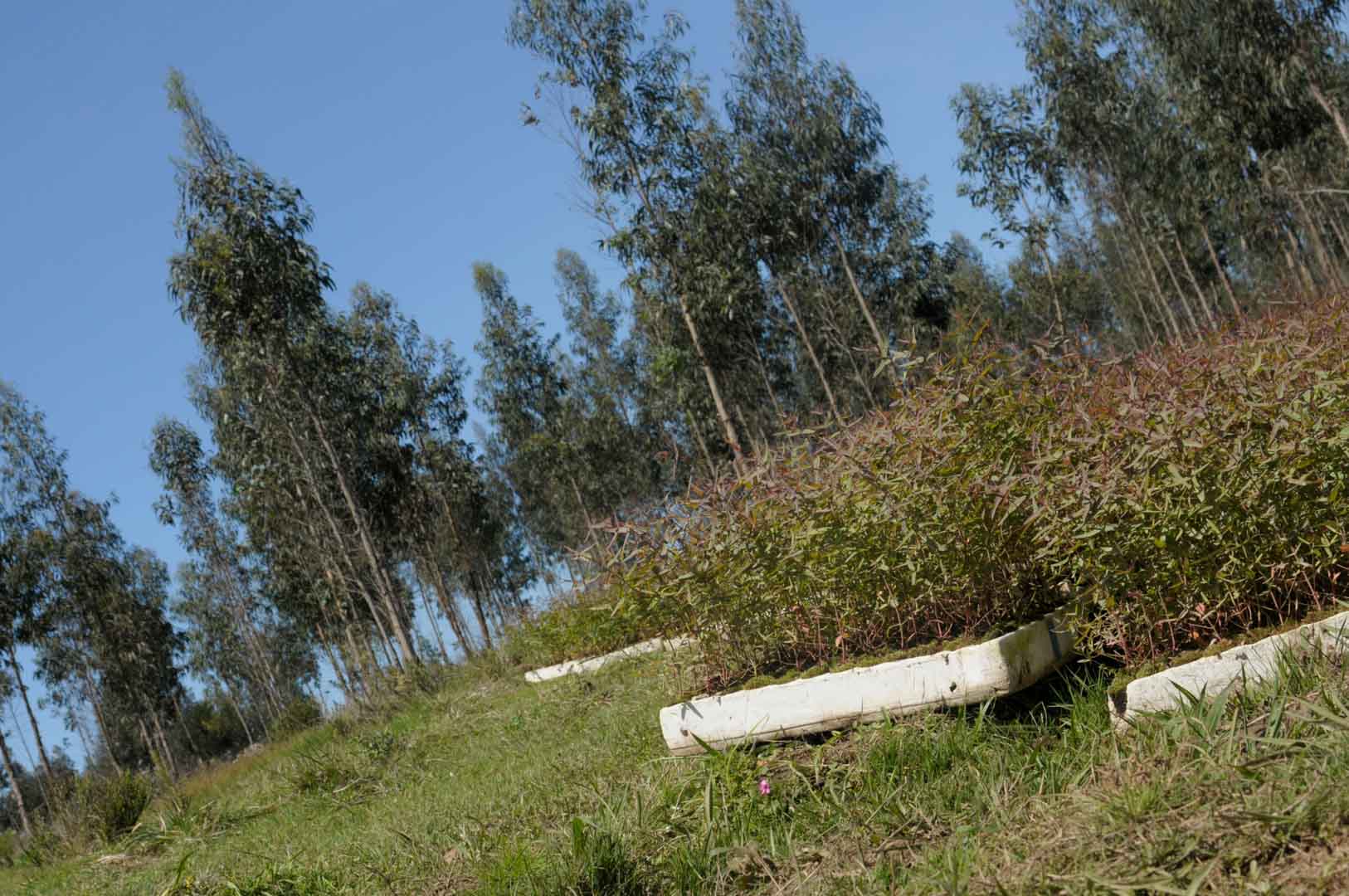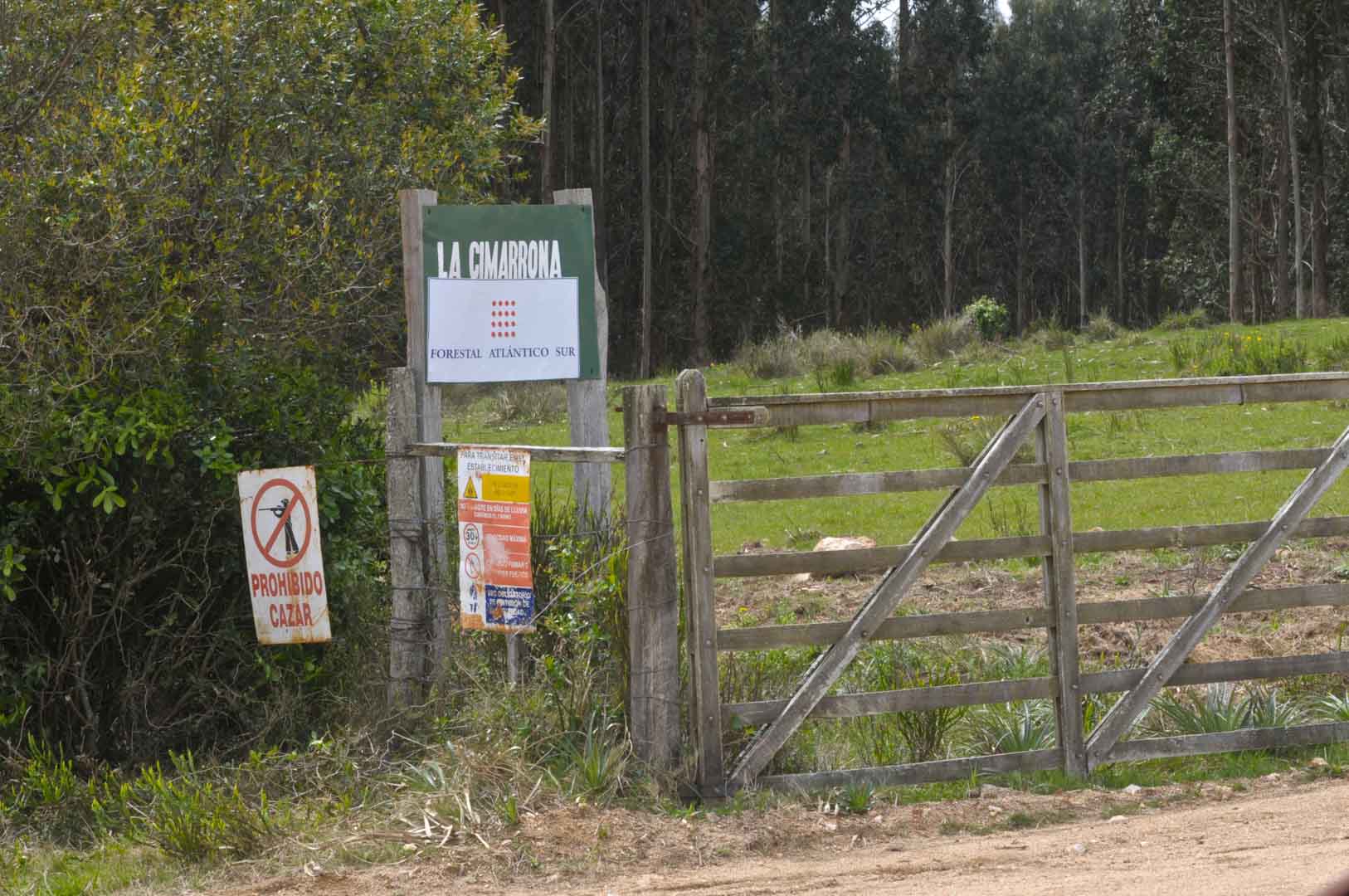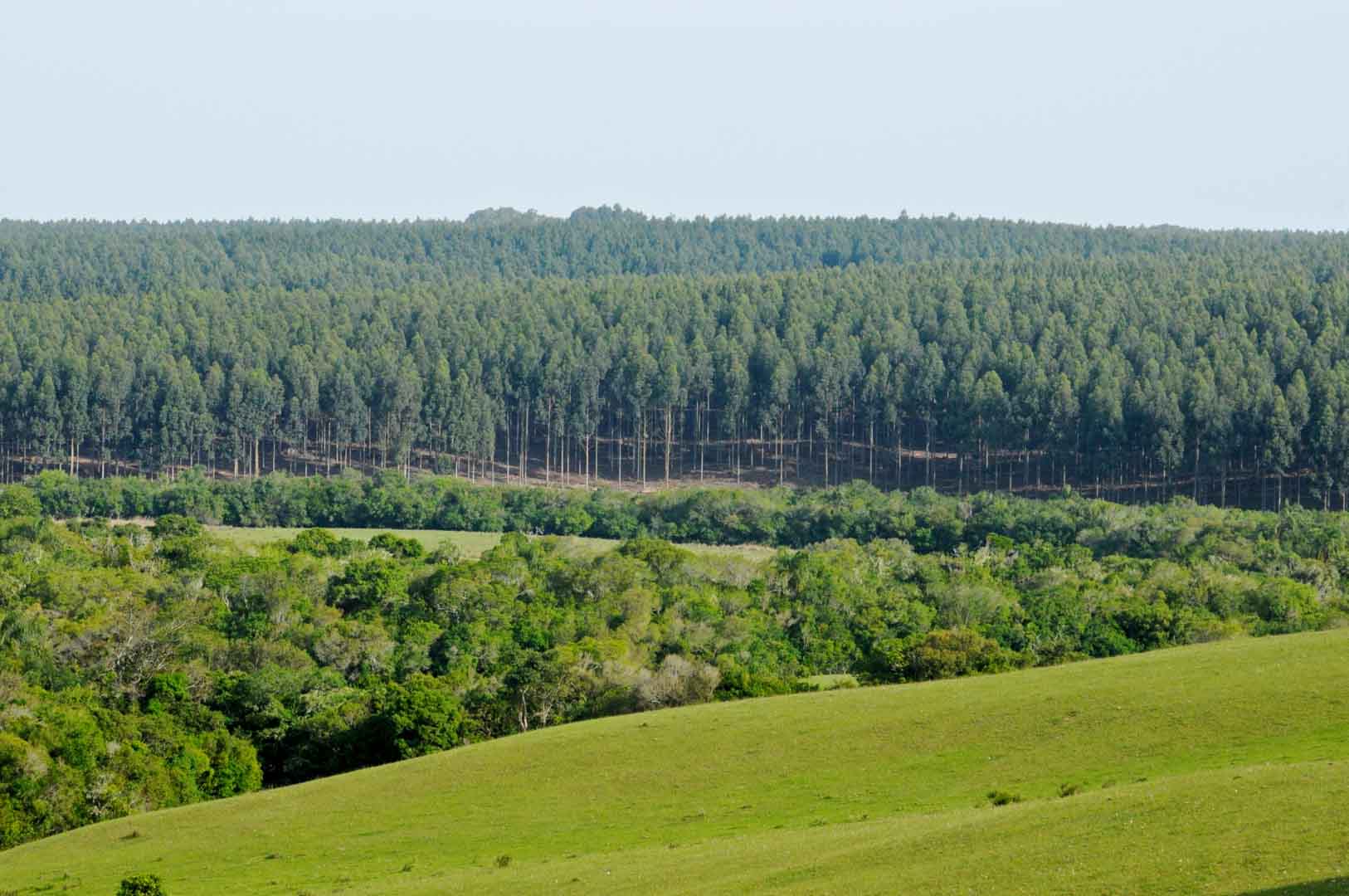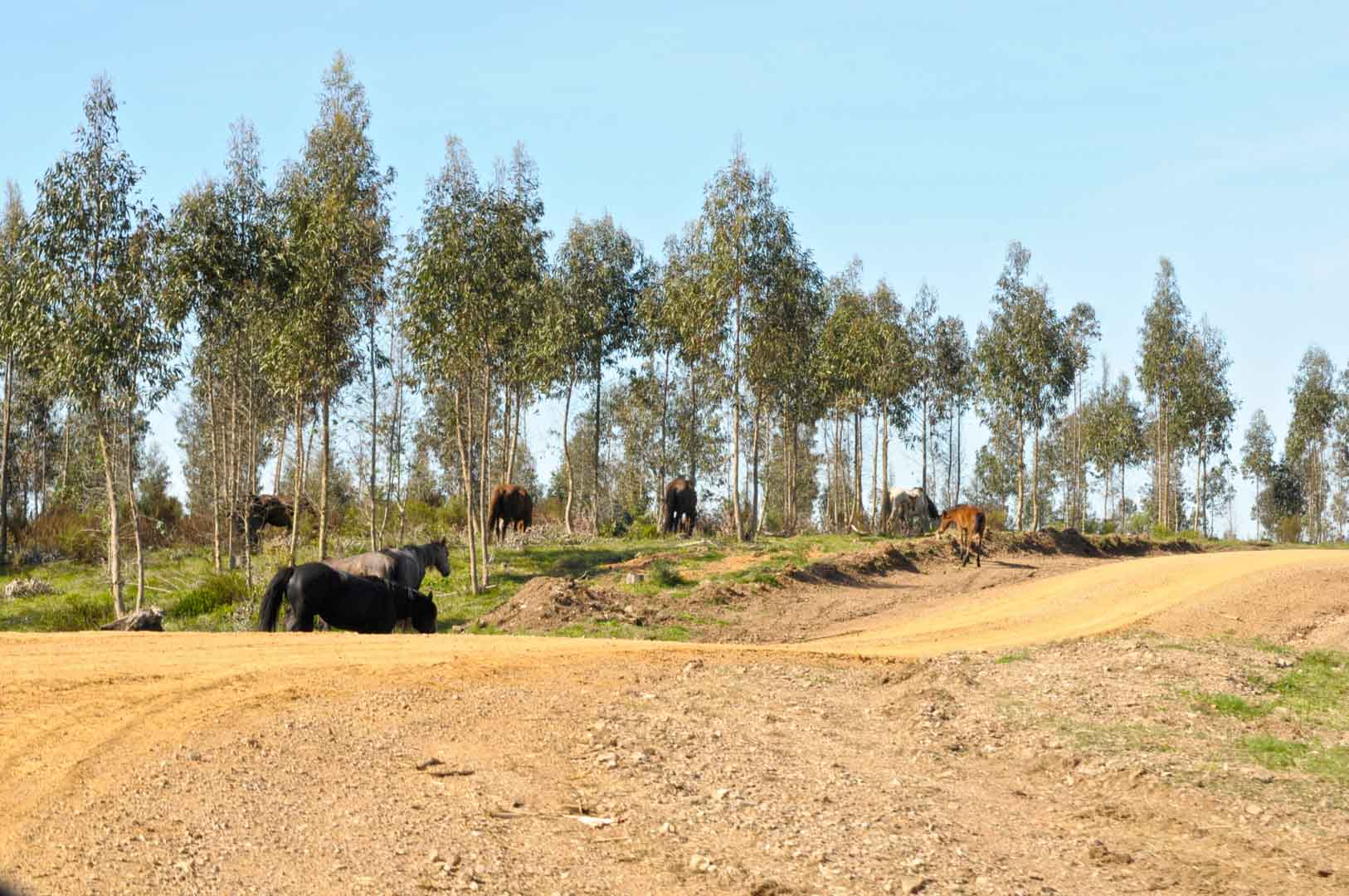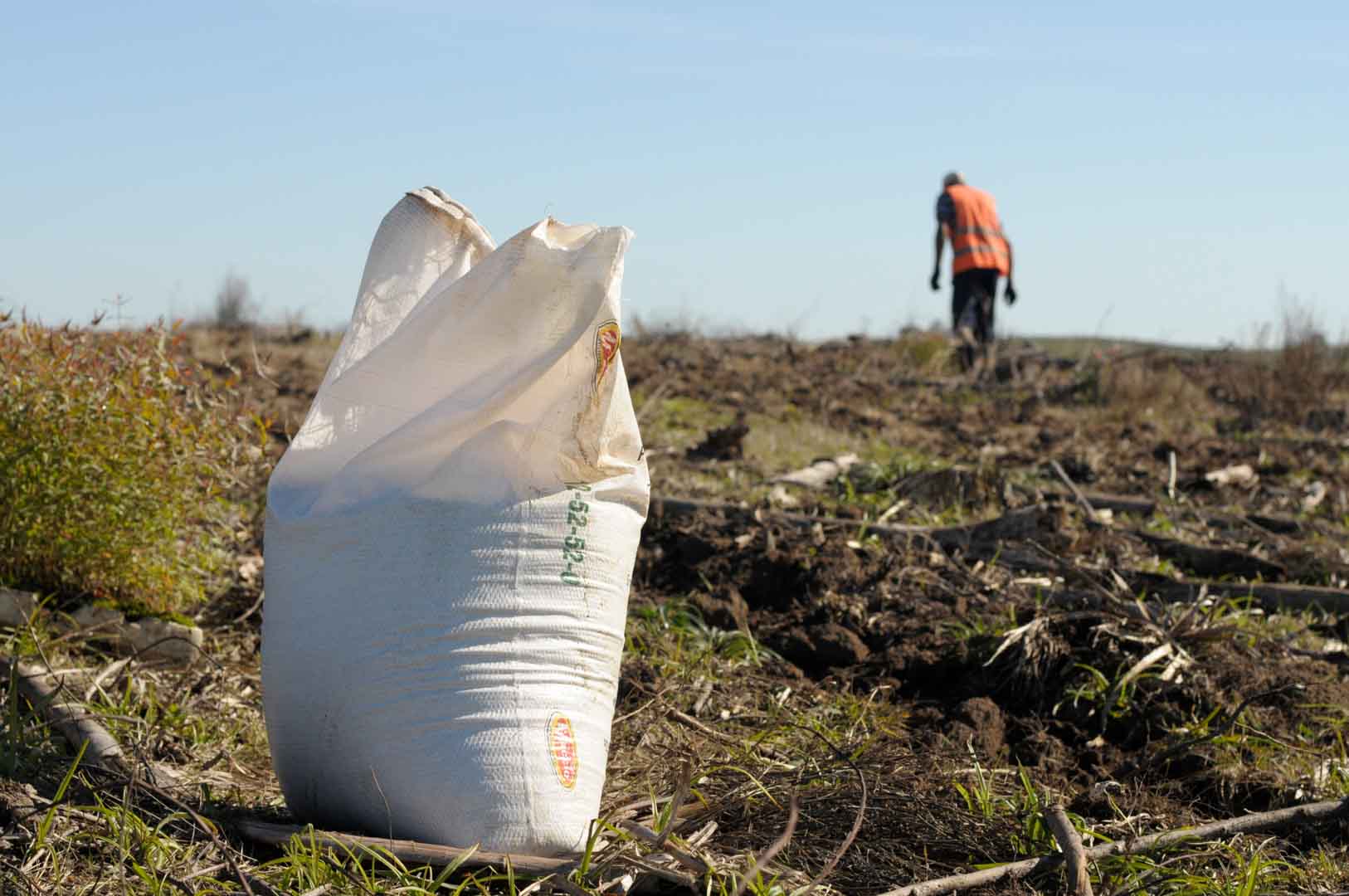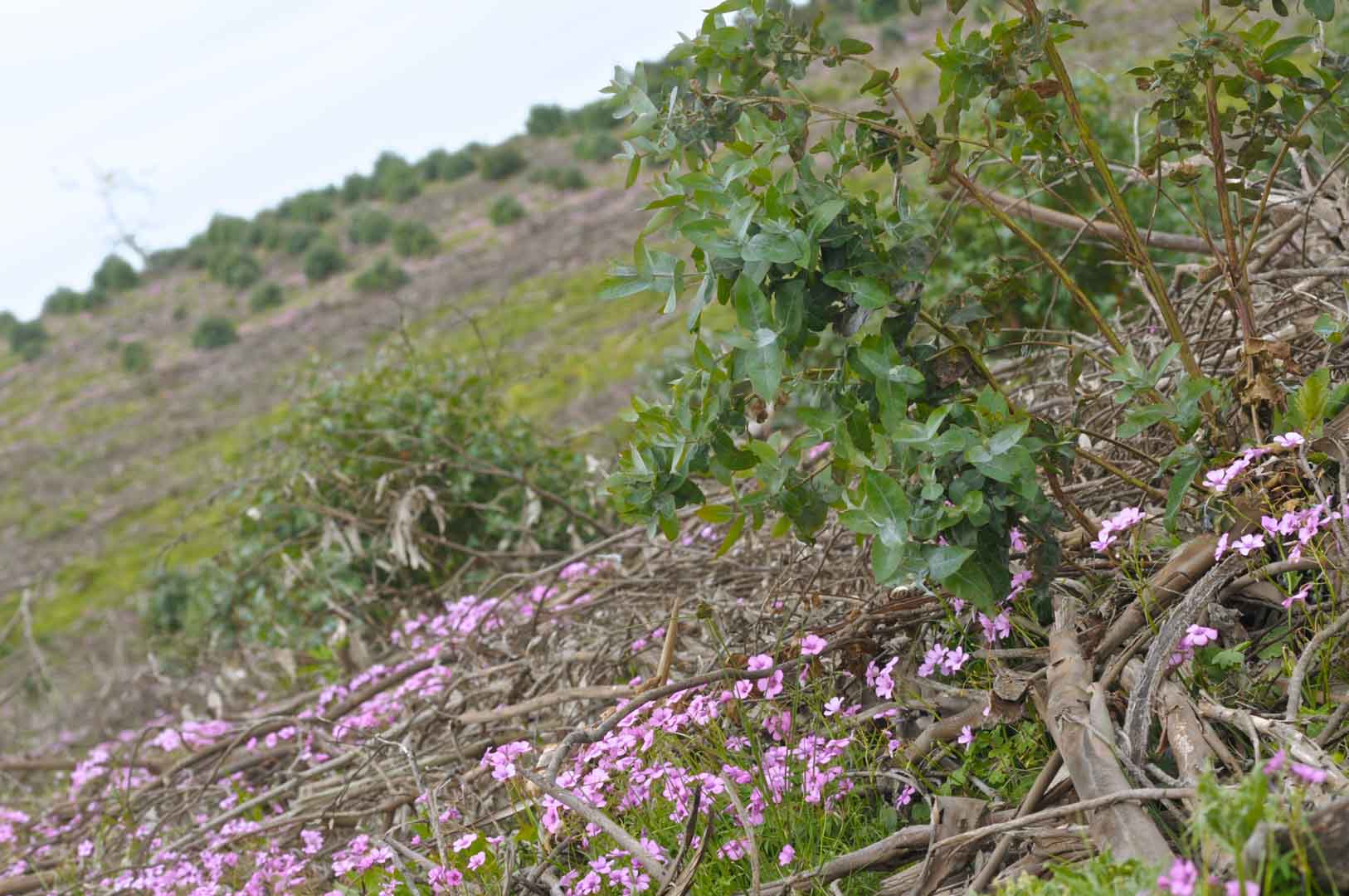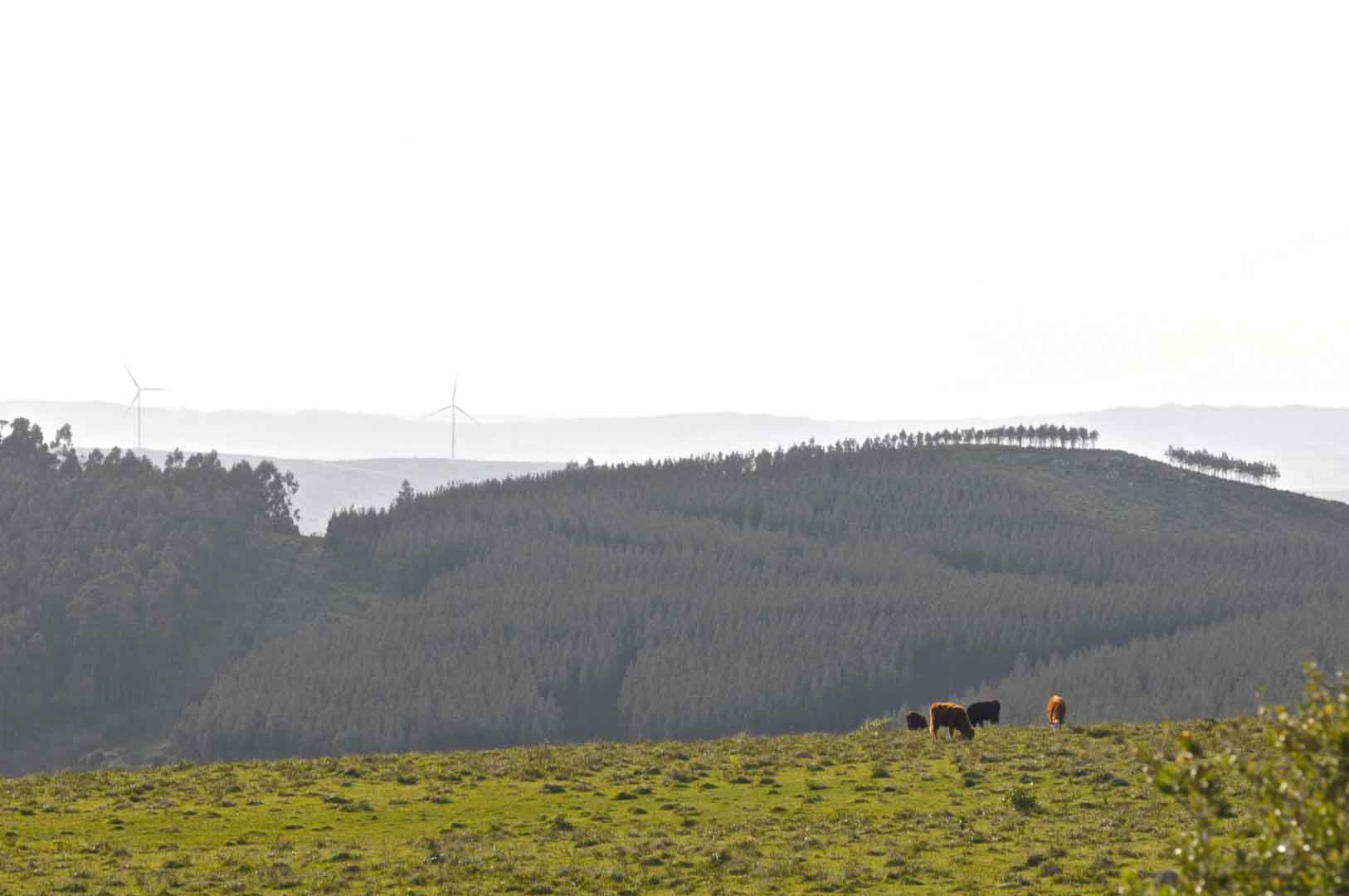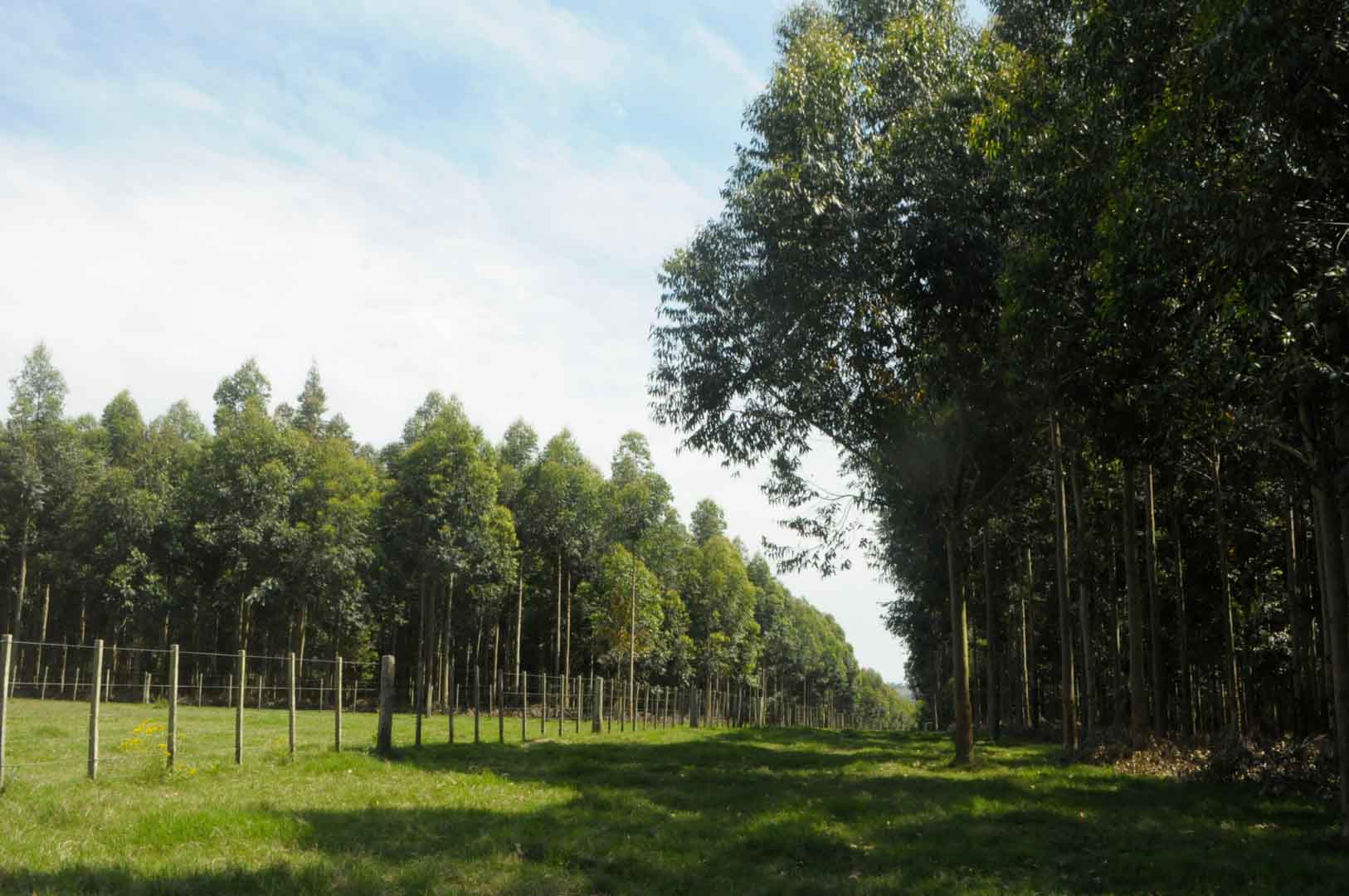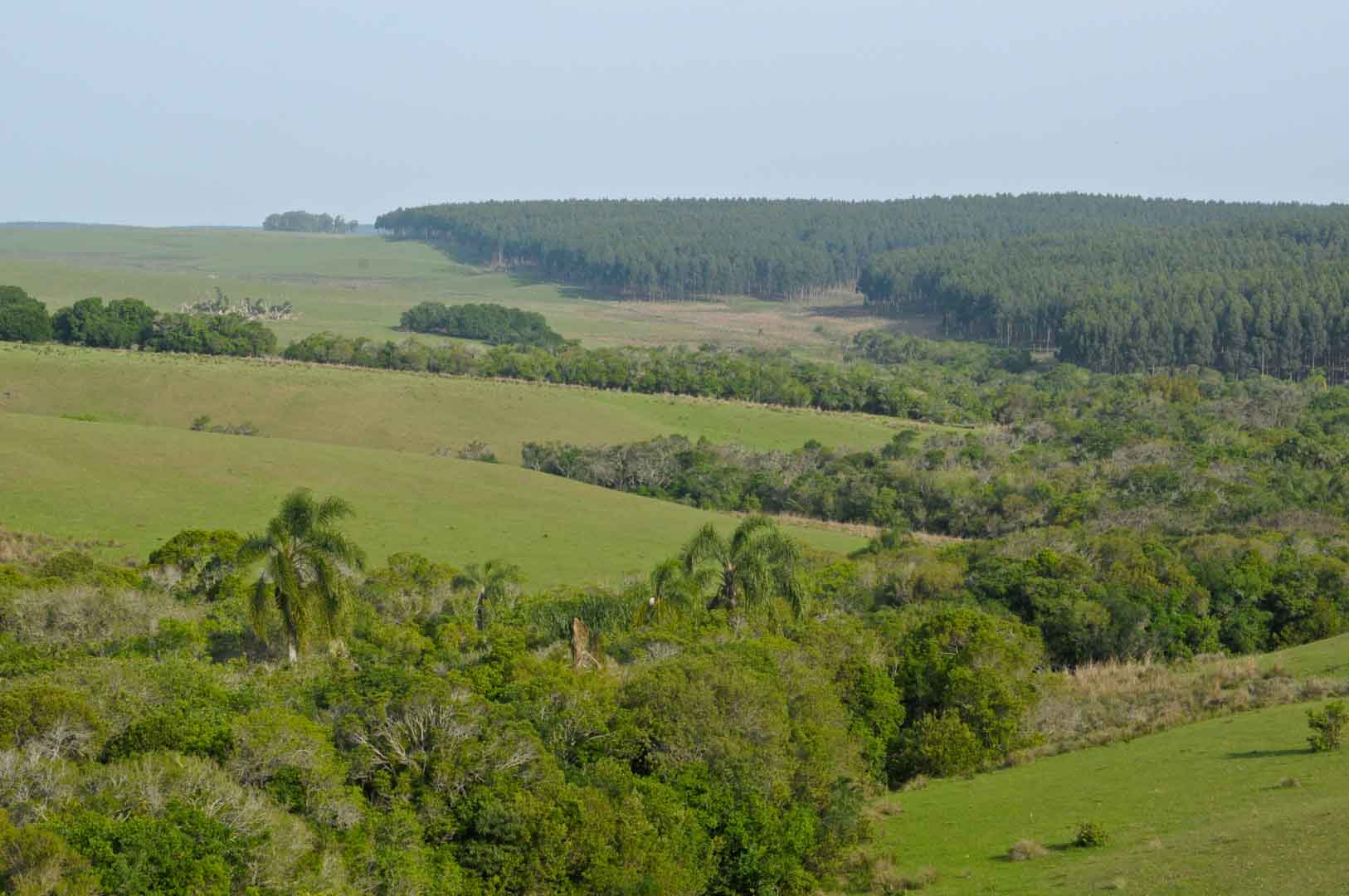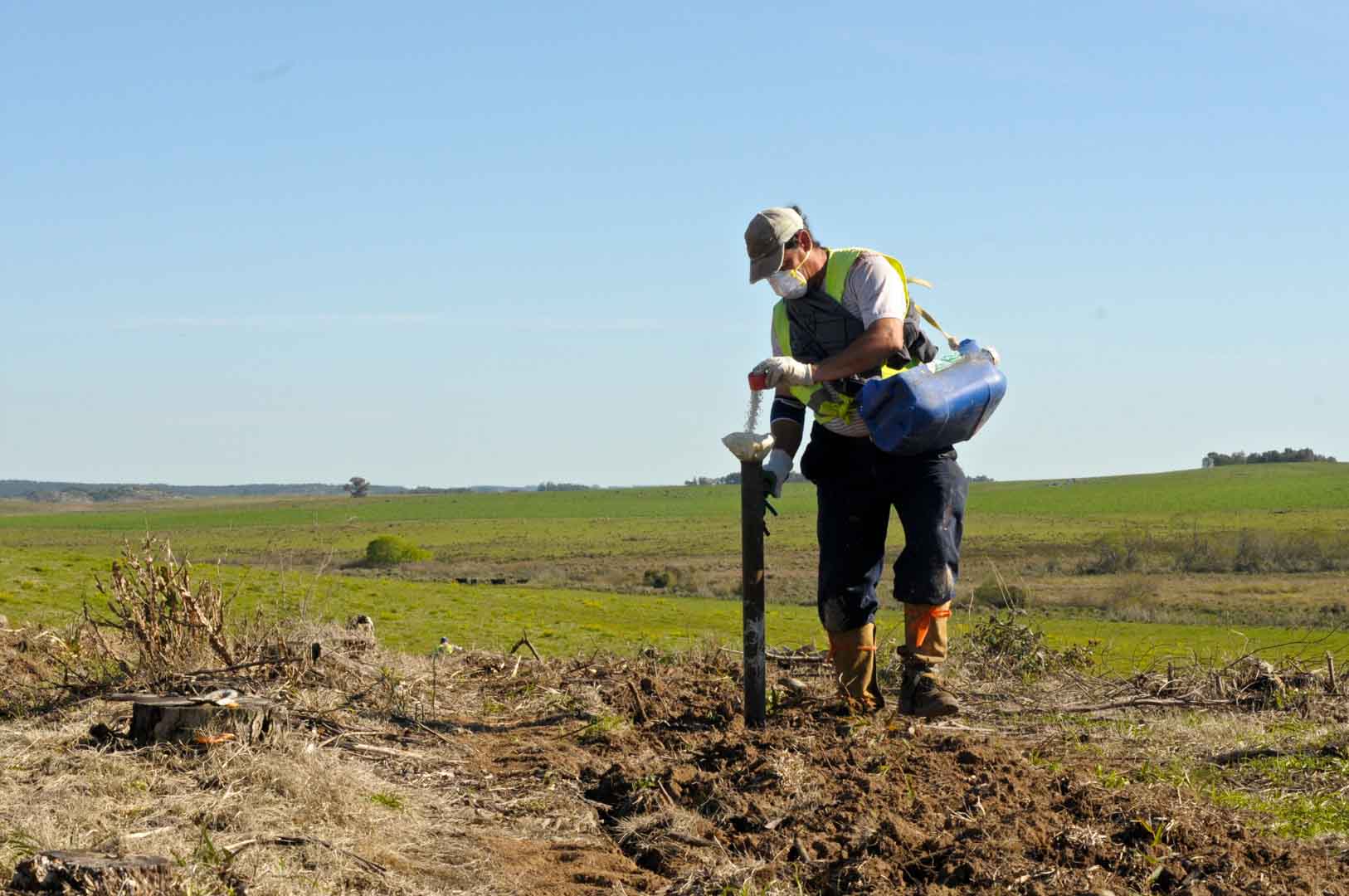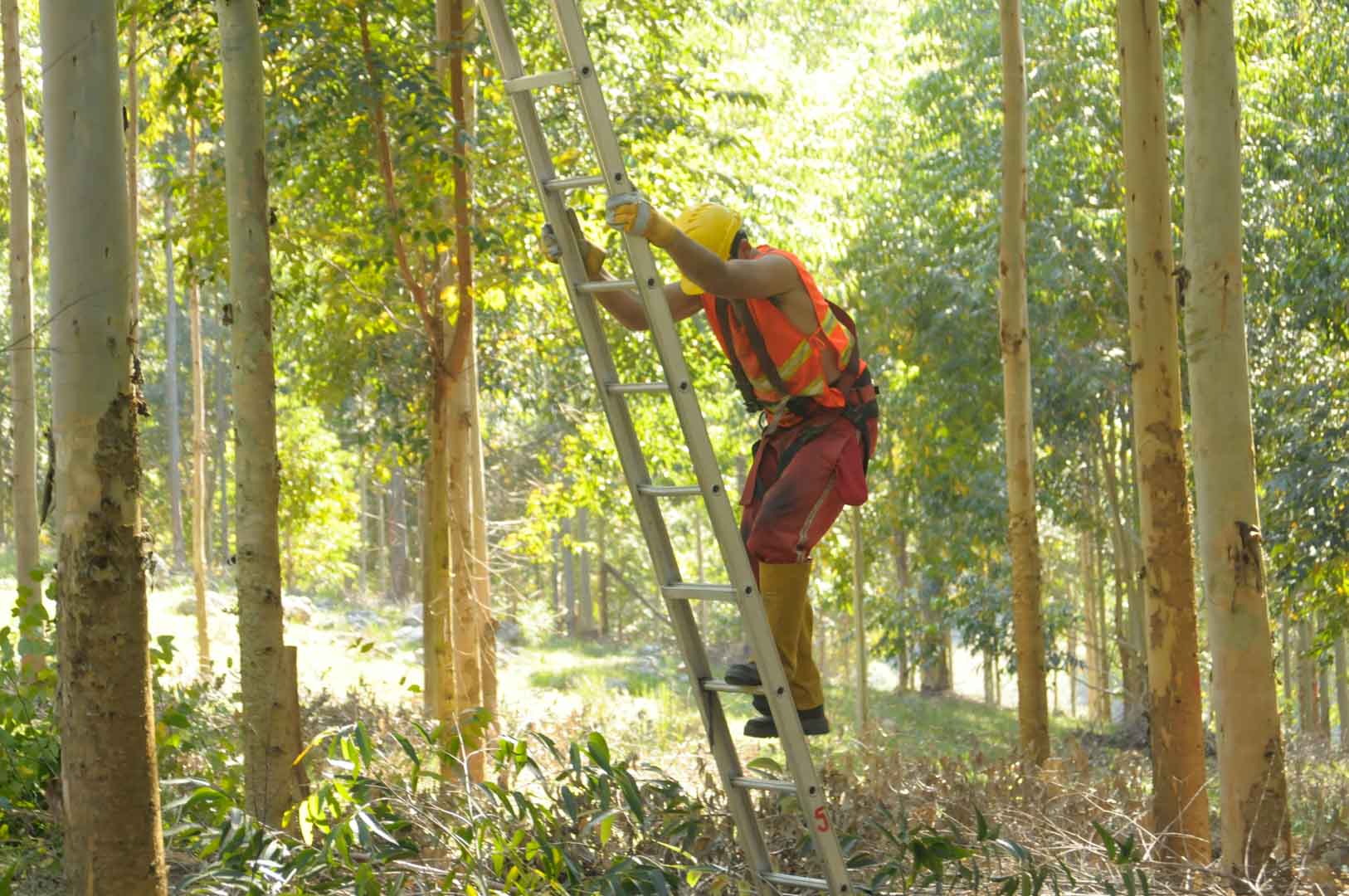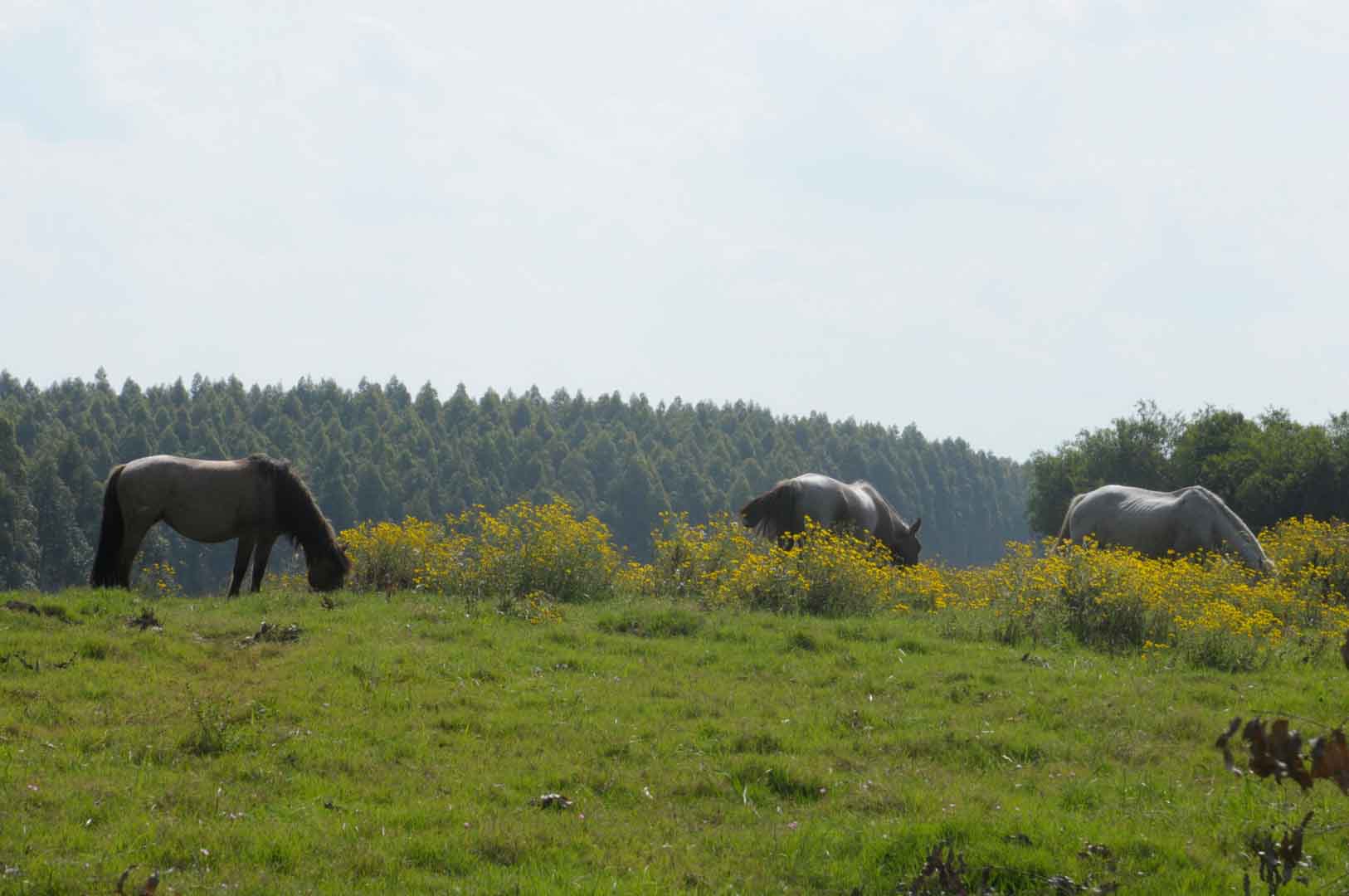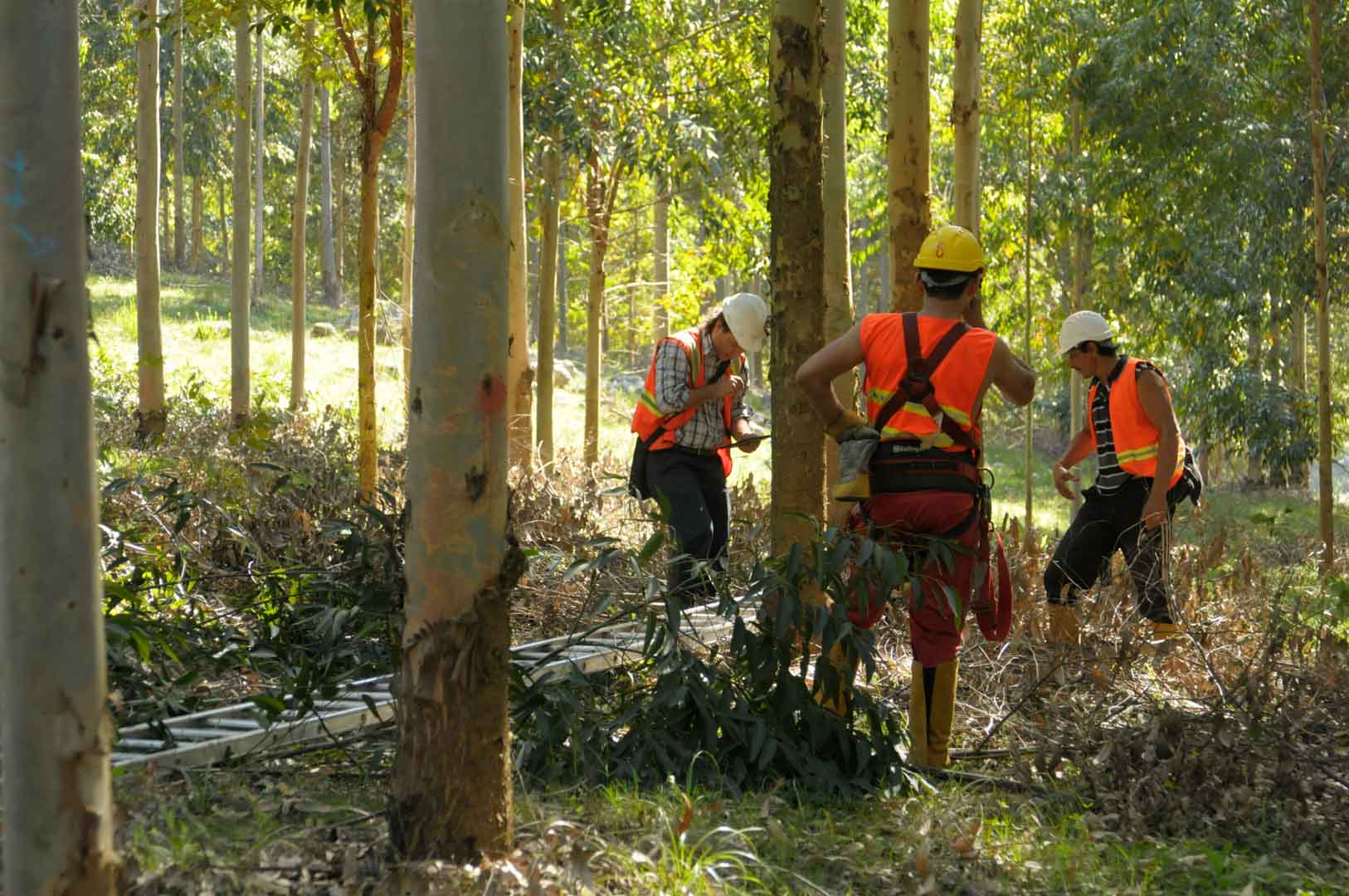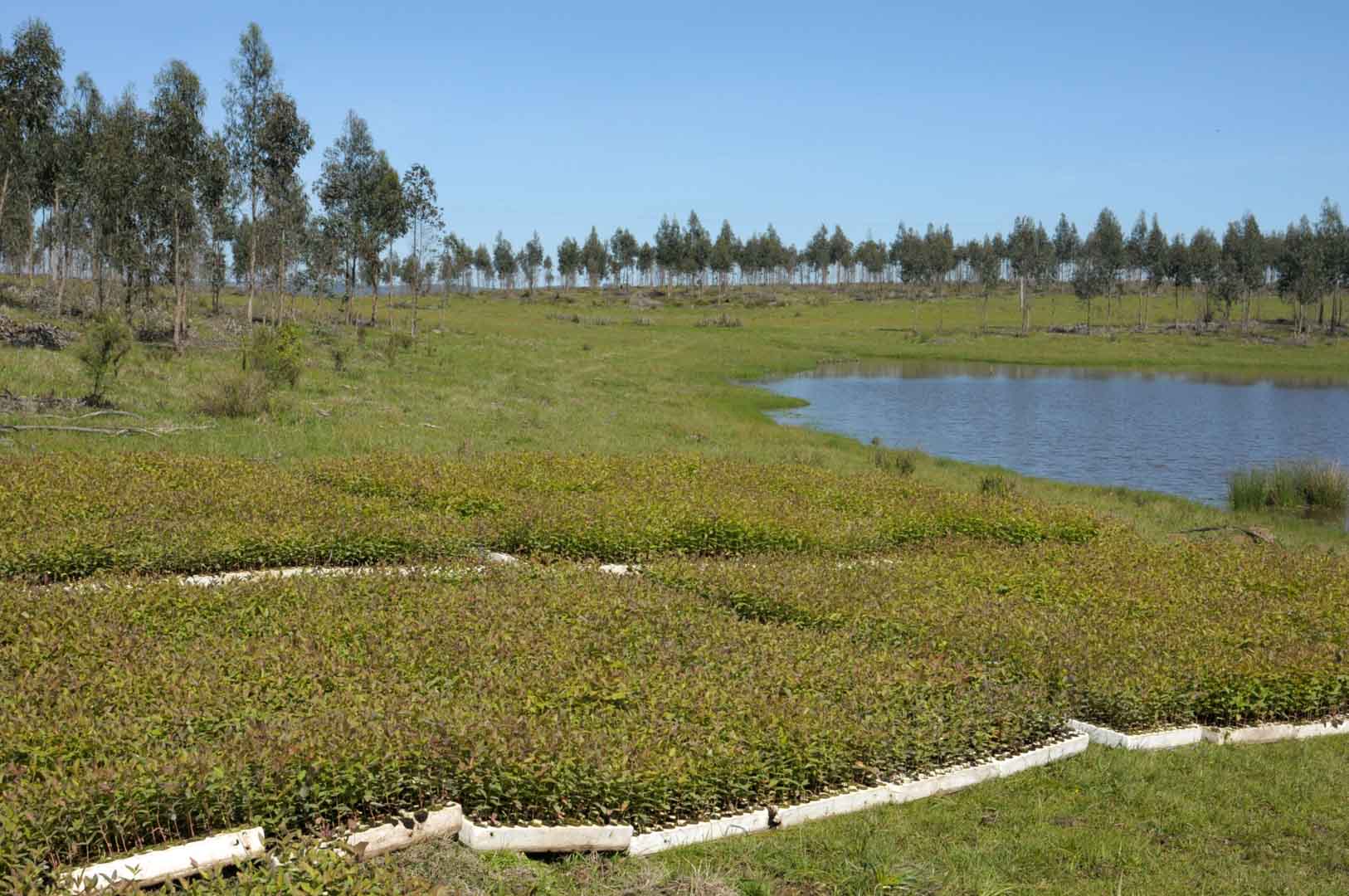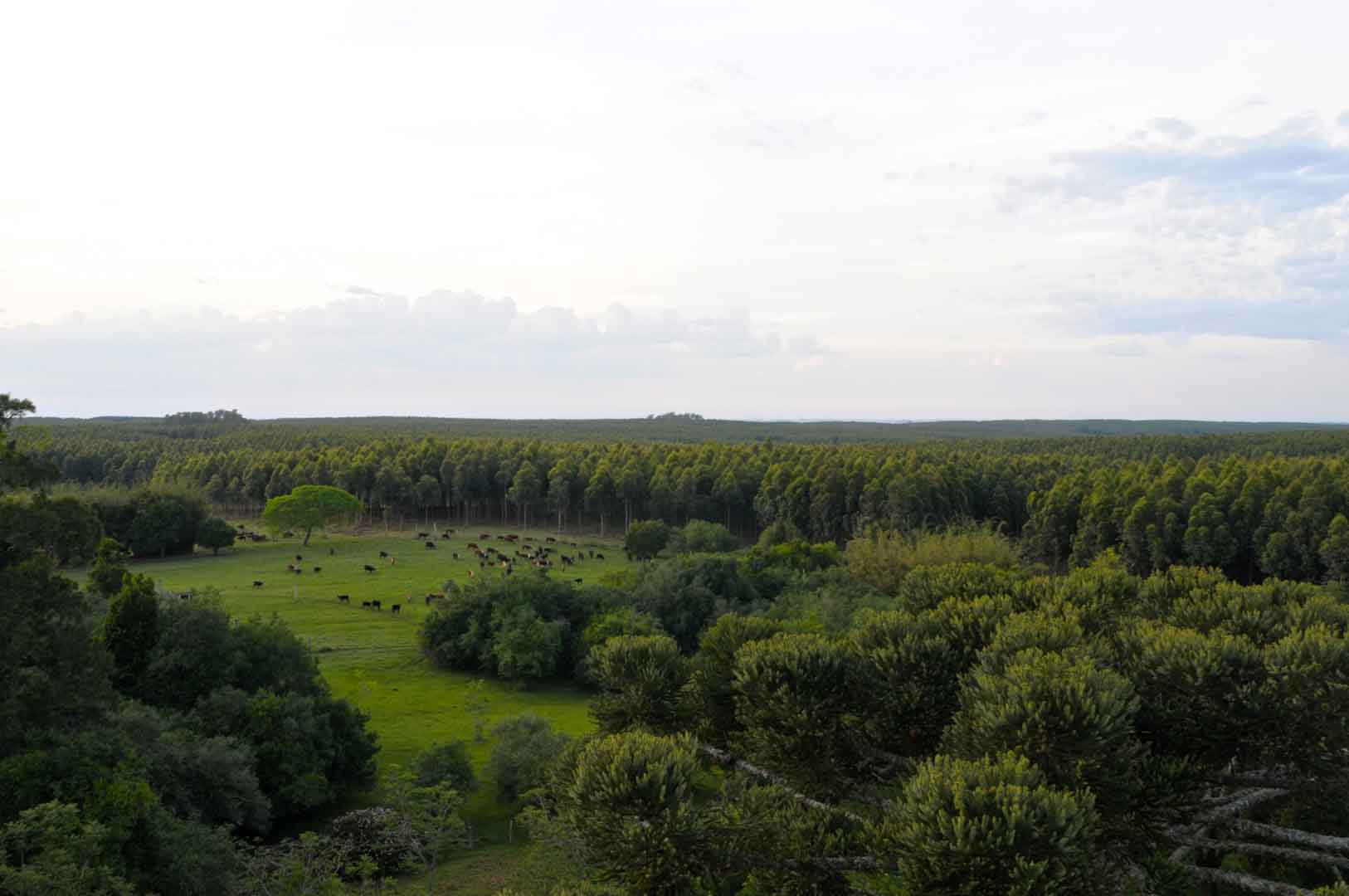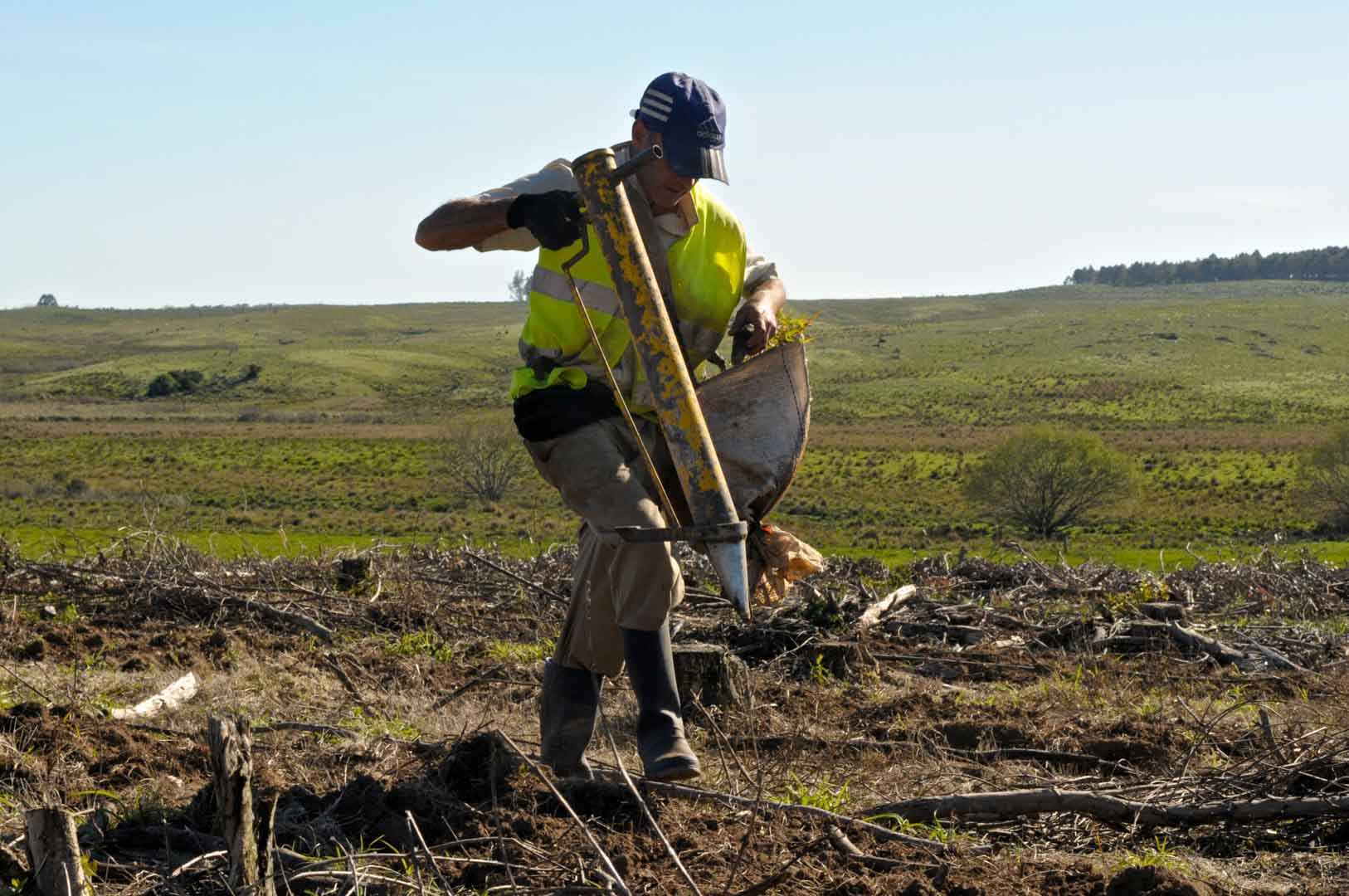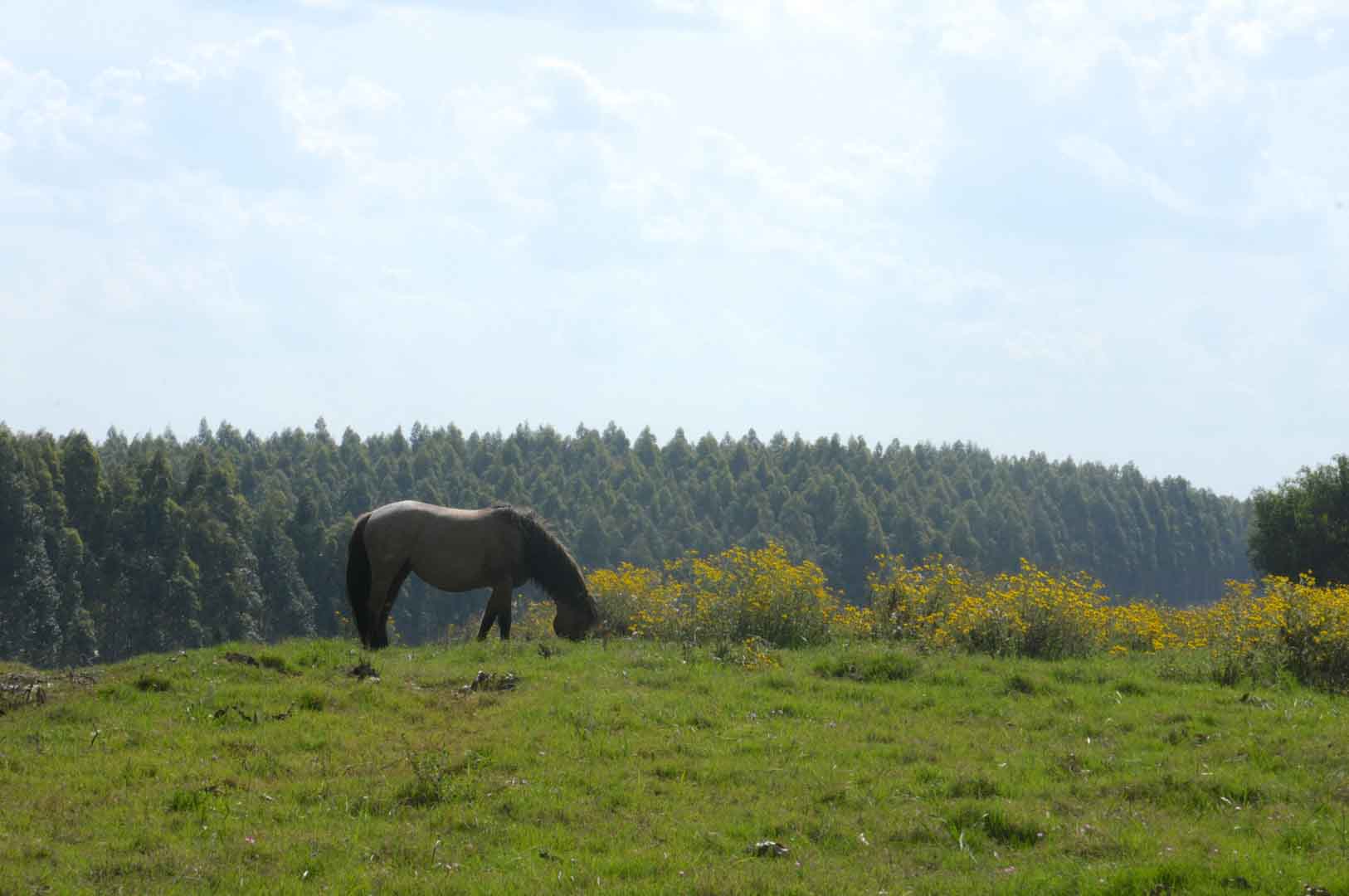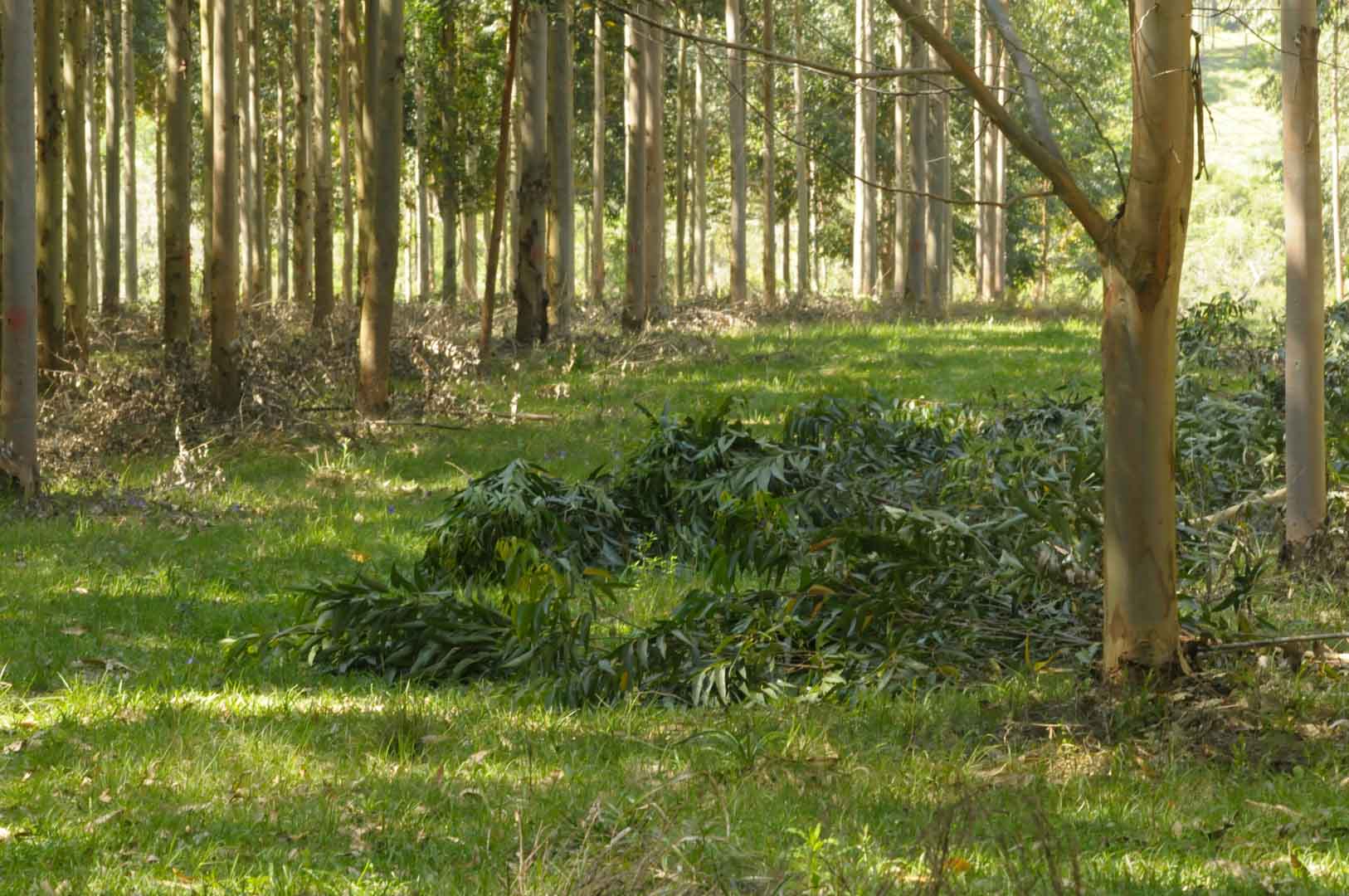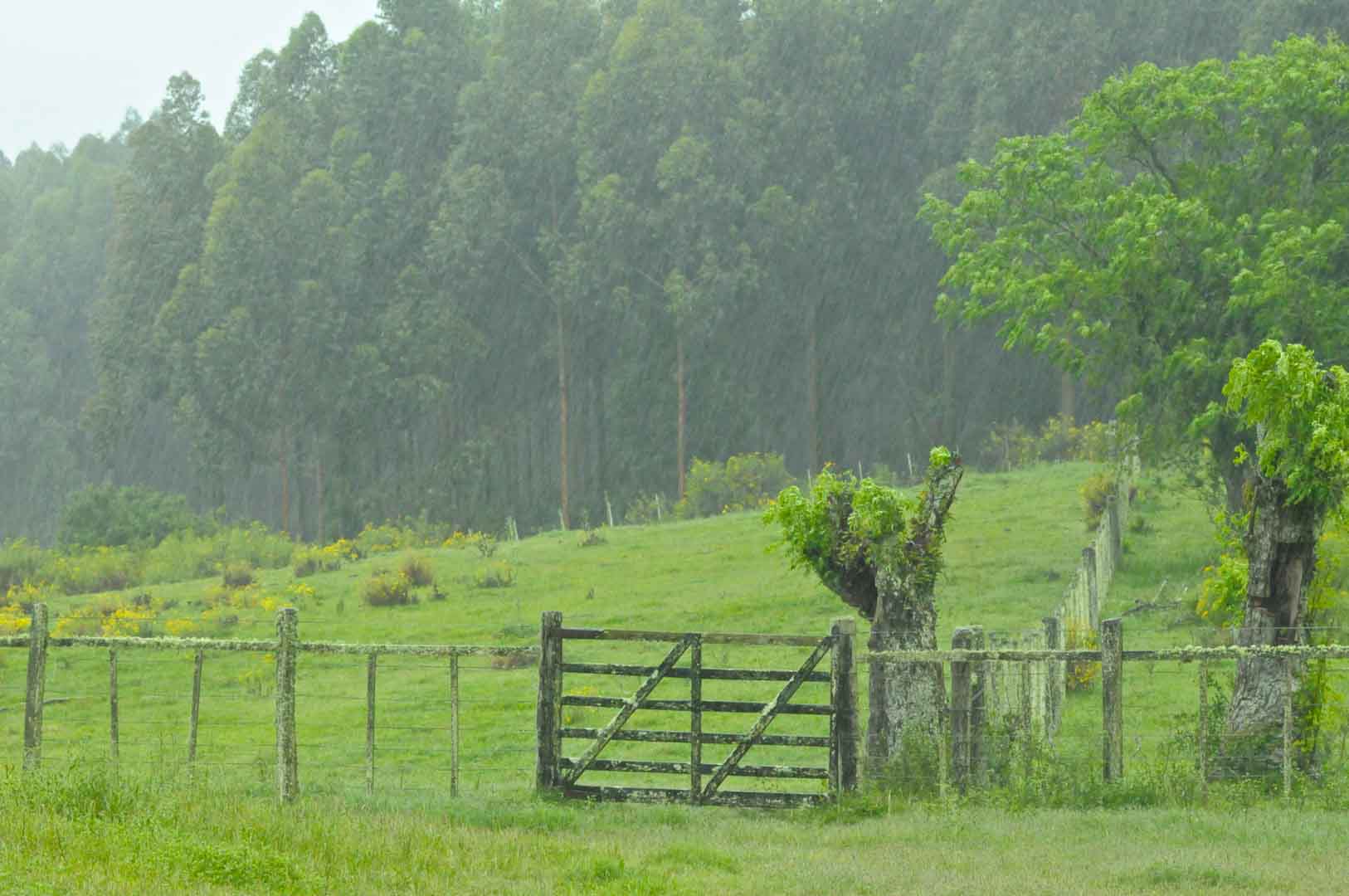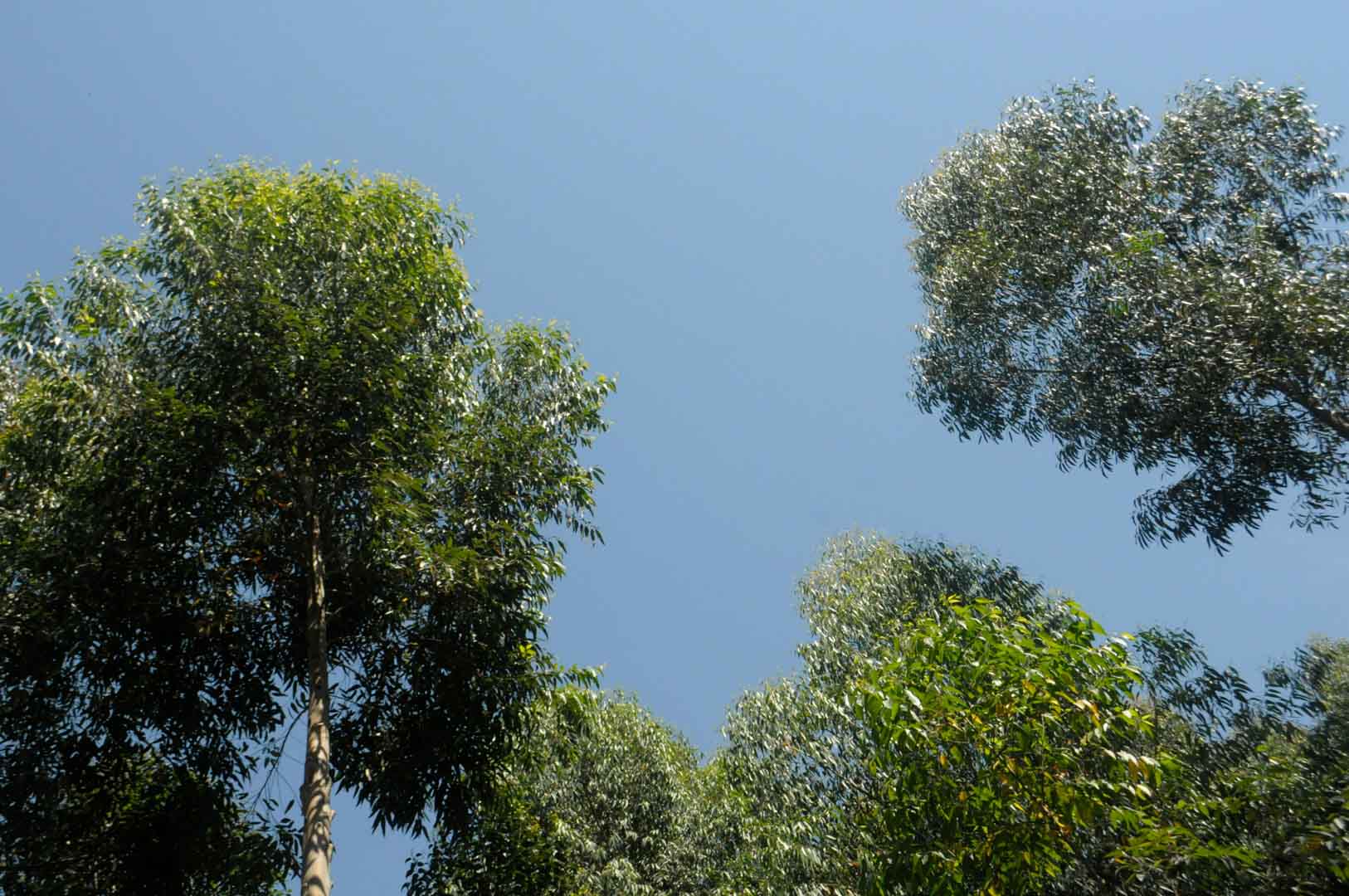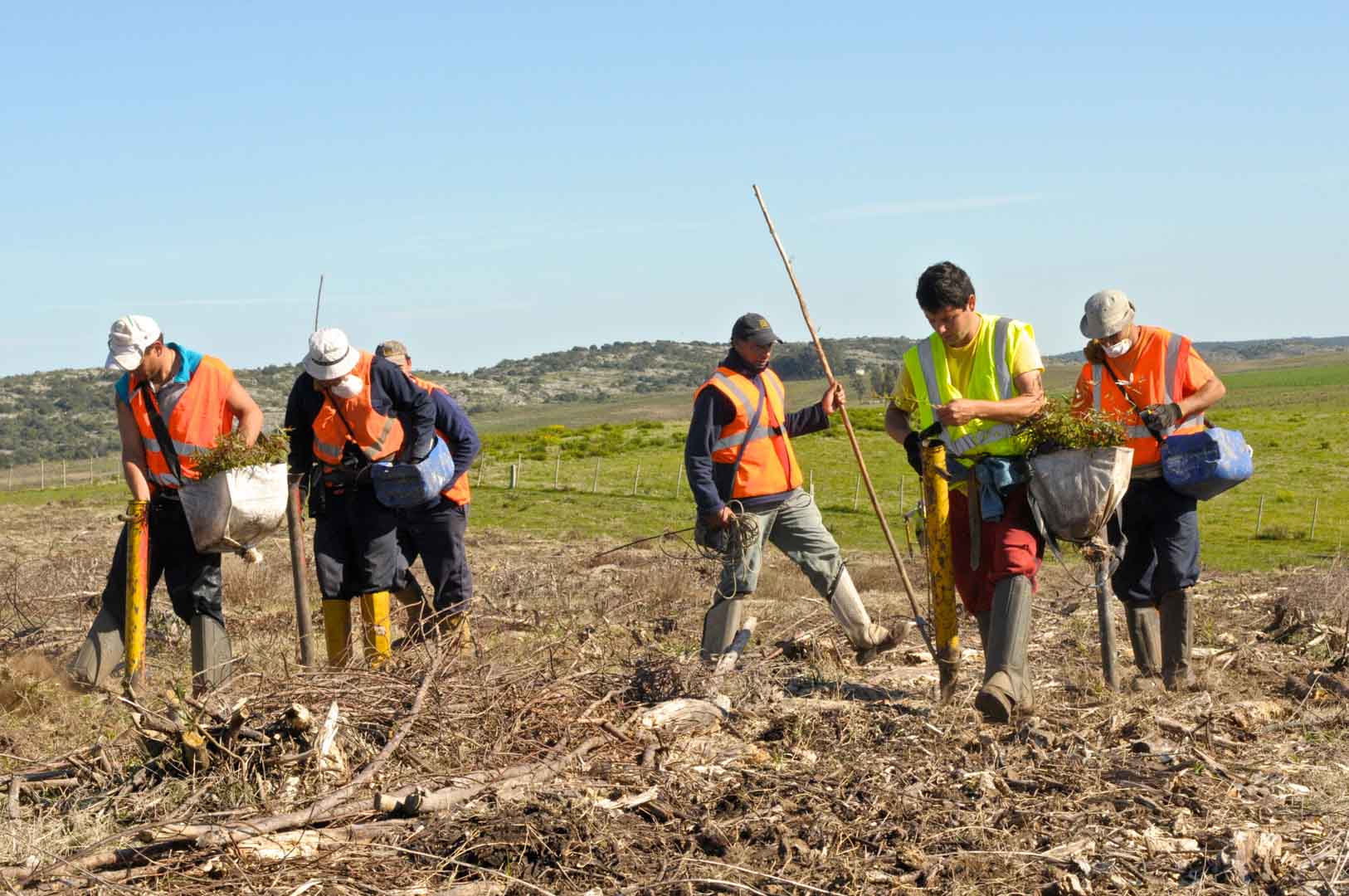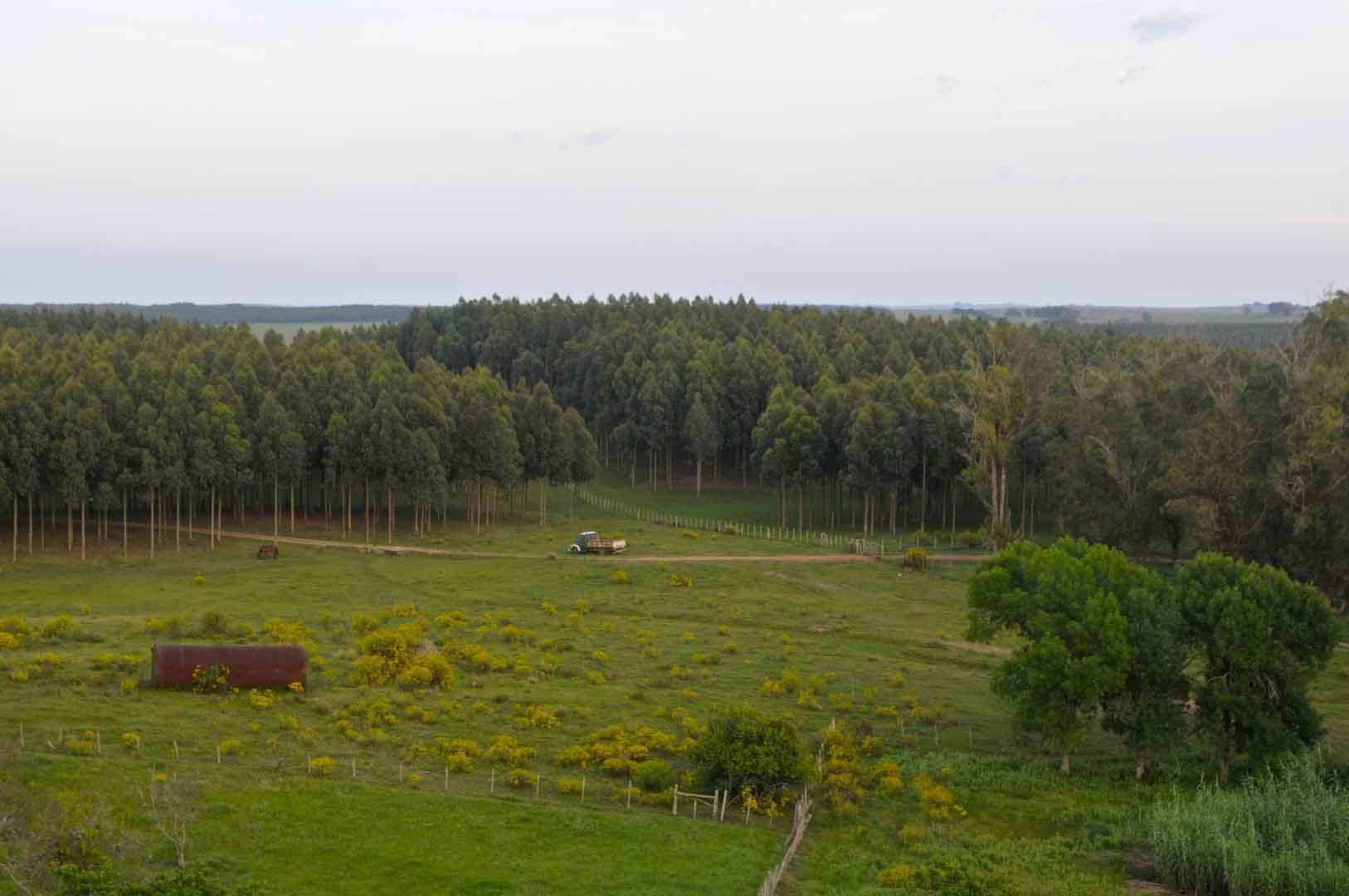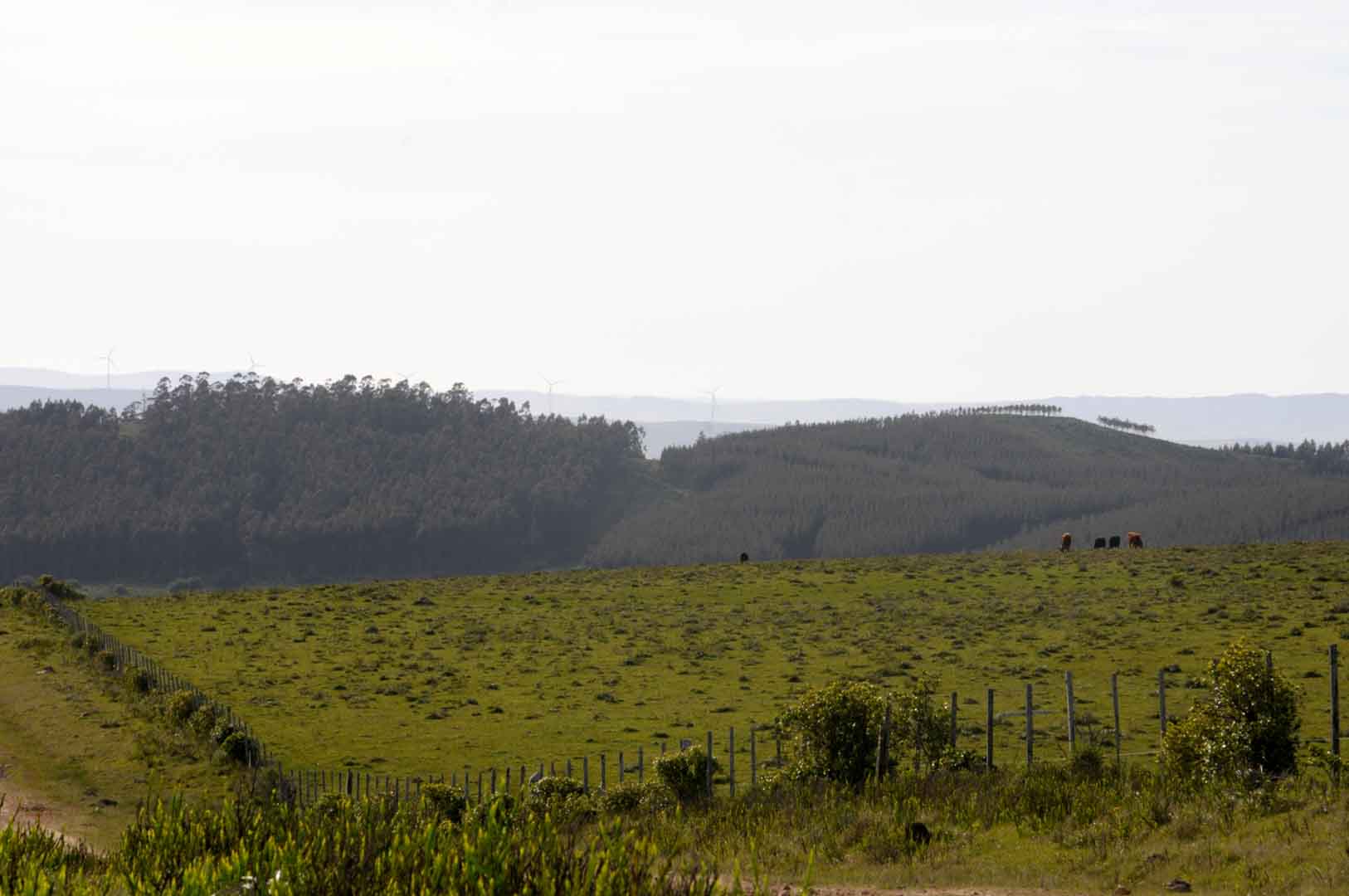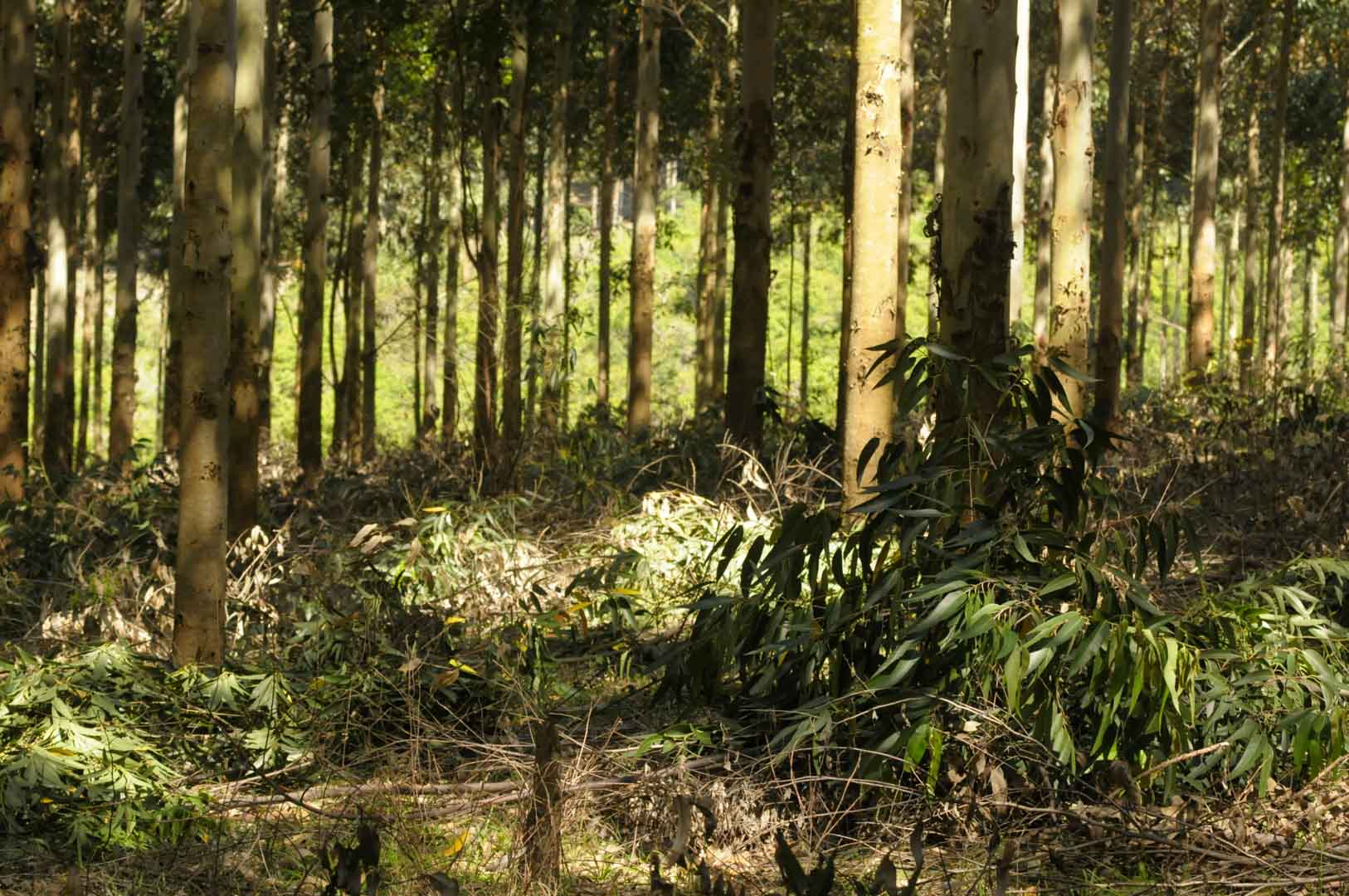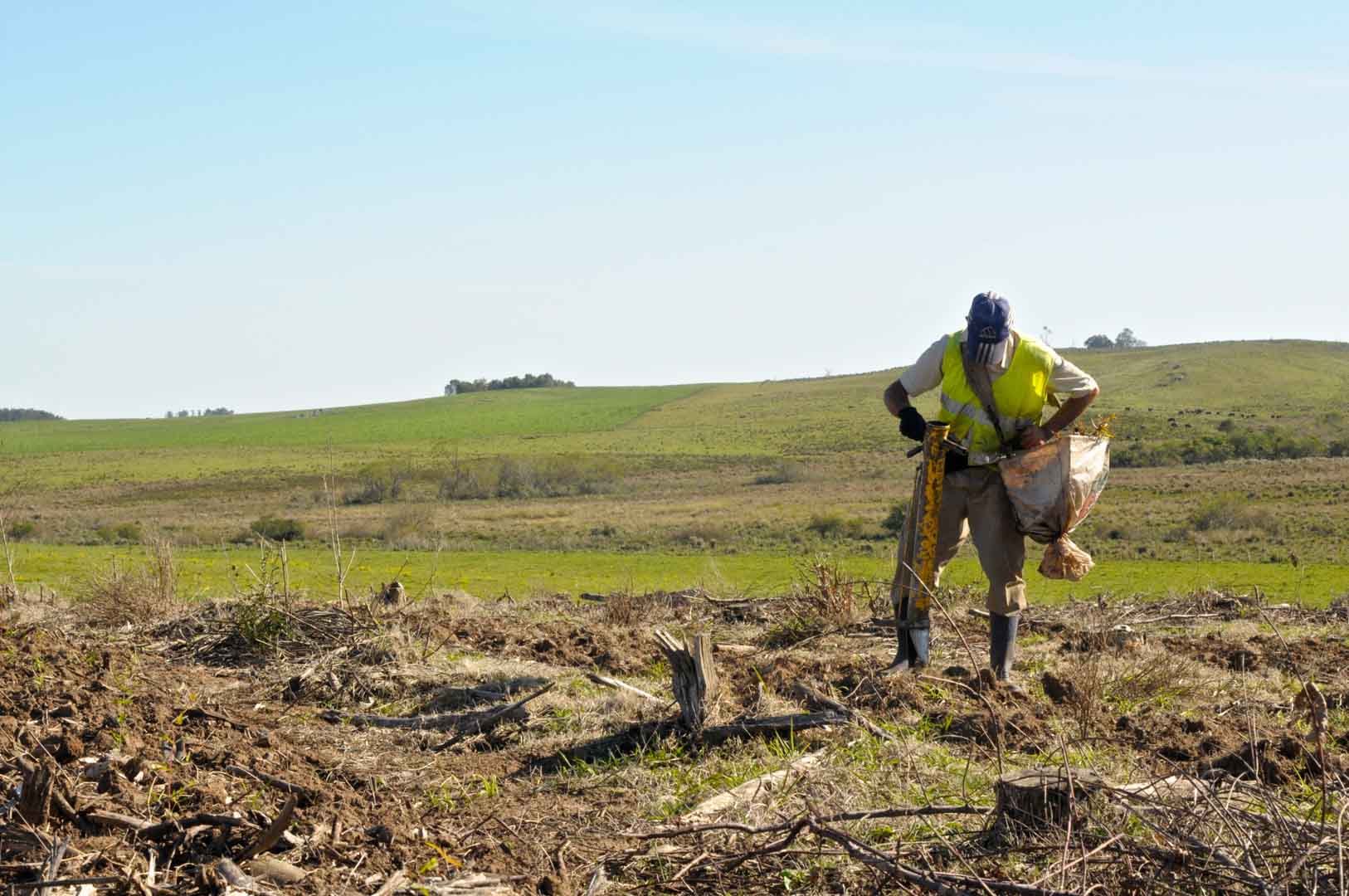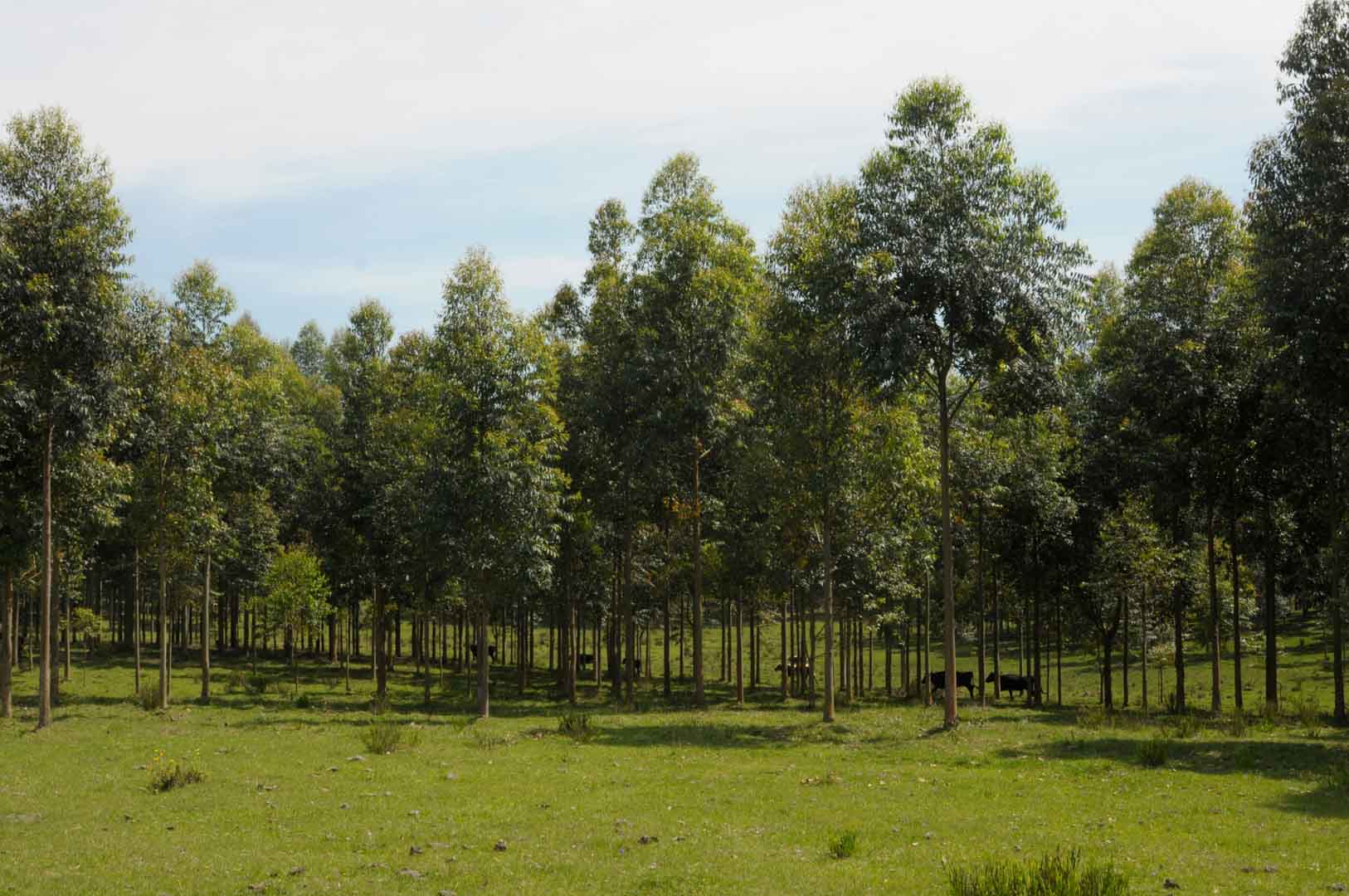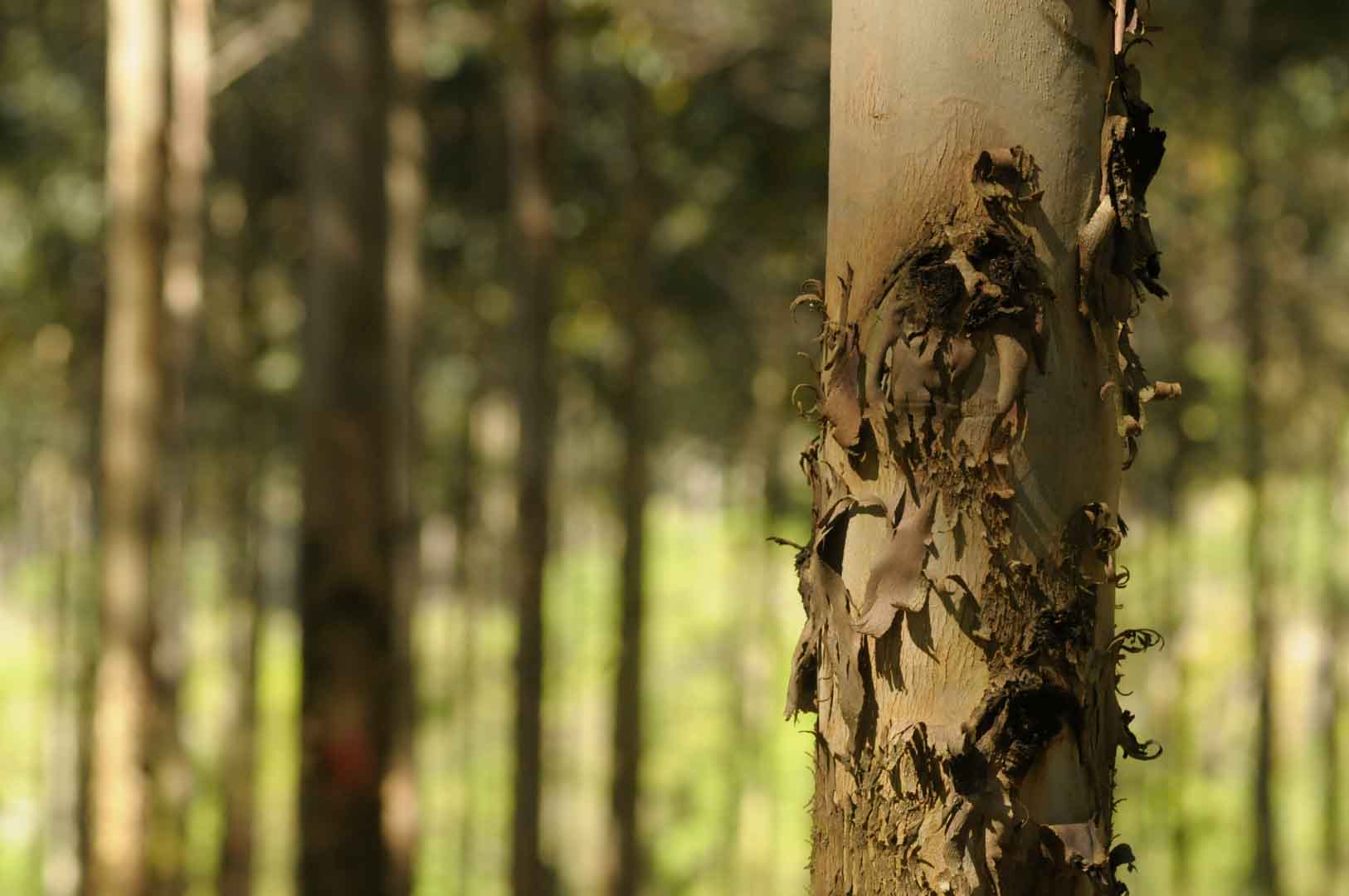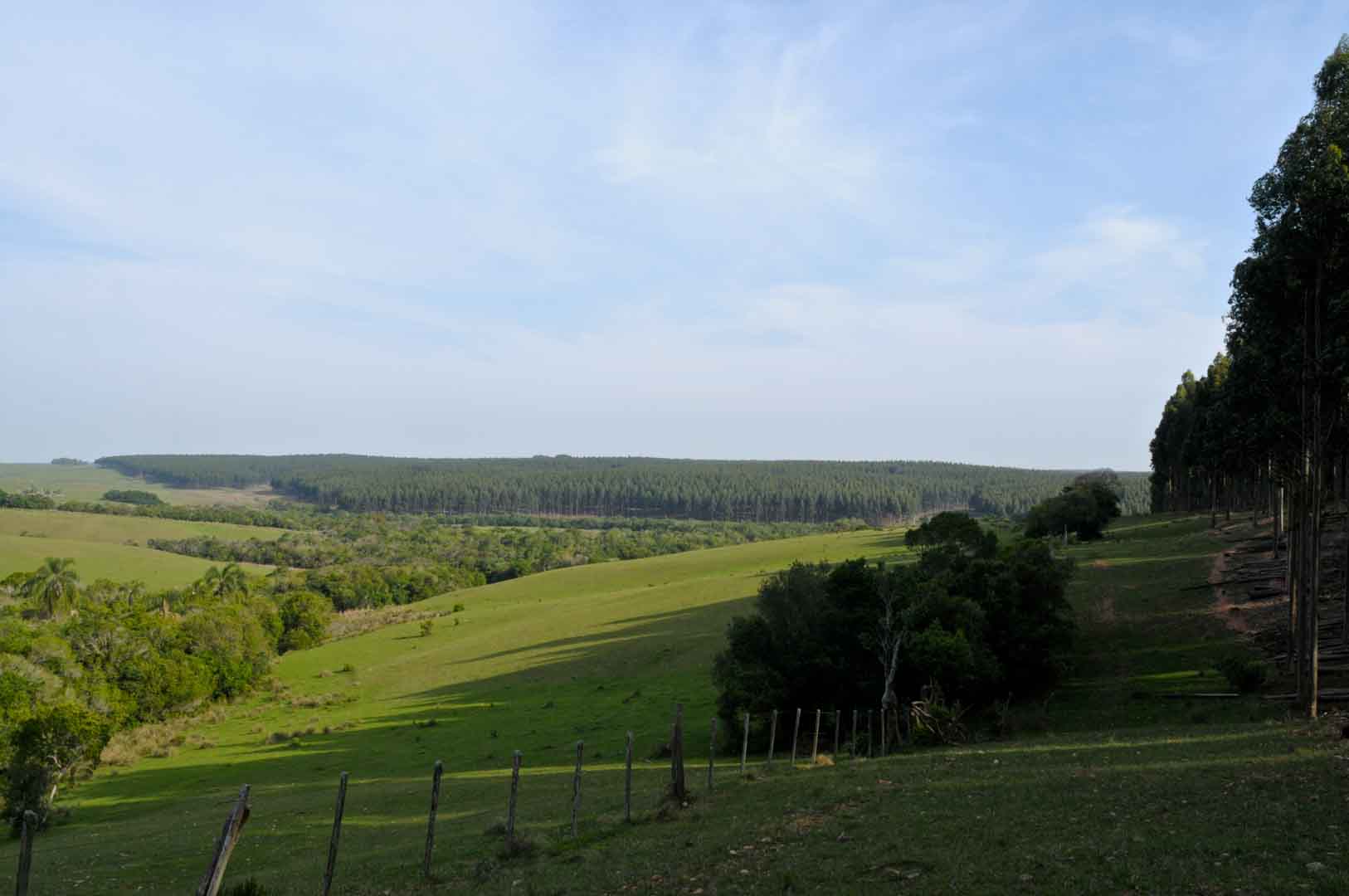Healthy forest instead of pastures
The project in the eastern part of Uruguay covers about 22,000 hectares of land. The aim of the project is to convert grassland, degraded by grazing, into forest. This allows the previously intensively used soil to regenerate. In the future, it will be able to store more water and nutrients and will be less at risk from soil erosion.
The resulting forest areas will be sustainably managed according to the FSC guidelines. They produce high-quality, long-lasting wood products and at the same time bind large amounts of carbon dioxide from the atmosphere. The reforestation of the VCS-verified project will store about 7 million tonnes of CO2 over the project lifetime.
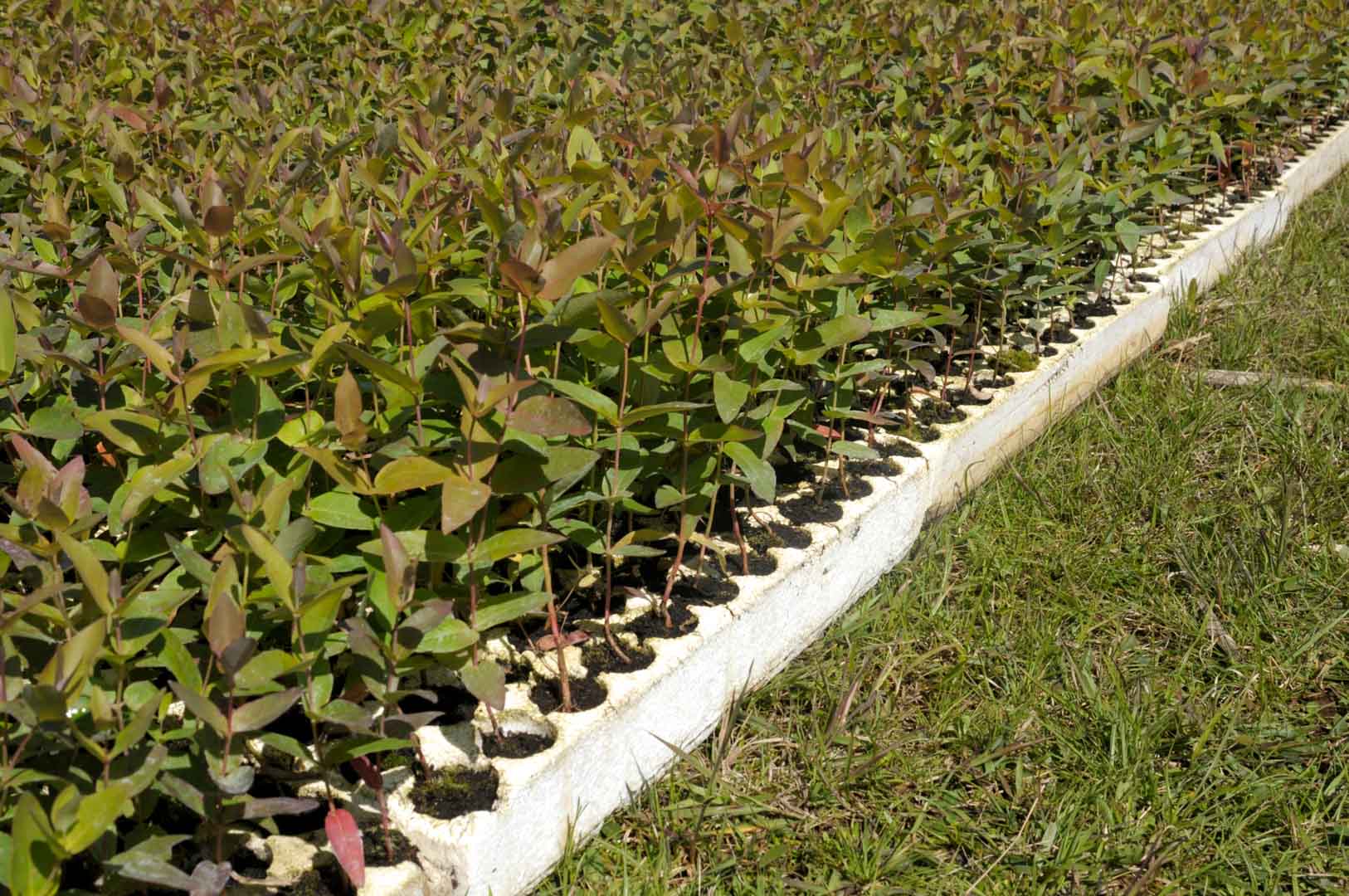
Forests are essential in our lives and are among the planet's most important carbon sinks. Besides providing habitats for wildlife, they filter the air, stabilise and protect soils, store water, and contribute to the balance of our climate. However, global forest areas have declined sharply in recent decades due to increasing settlements, agriculture, illegal logging, and raw material extraction. Afforestation, reforestation, and revegetation activities significantly increase a forest’s carbon storage capacity in both the biomass of the forest and in the soil. The storage capacity varies according to the tree species, age, and location. Experts distinguish these activities in the following way:
Afforestation converts non-forested areas into forest ones. Reforestation restores forest areas that have been damaged or deforested in the past. Revegetation increases the vegetation through planting trees, shrubs, or other plants.
Explore our projects
Biochar for Climate Action, Healthy Soils, and Better Harvests

A certified climate project combined with additional commitment

Expansion of renewable energy generation in Asia
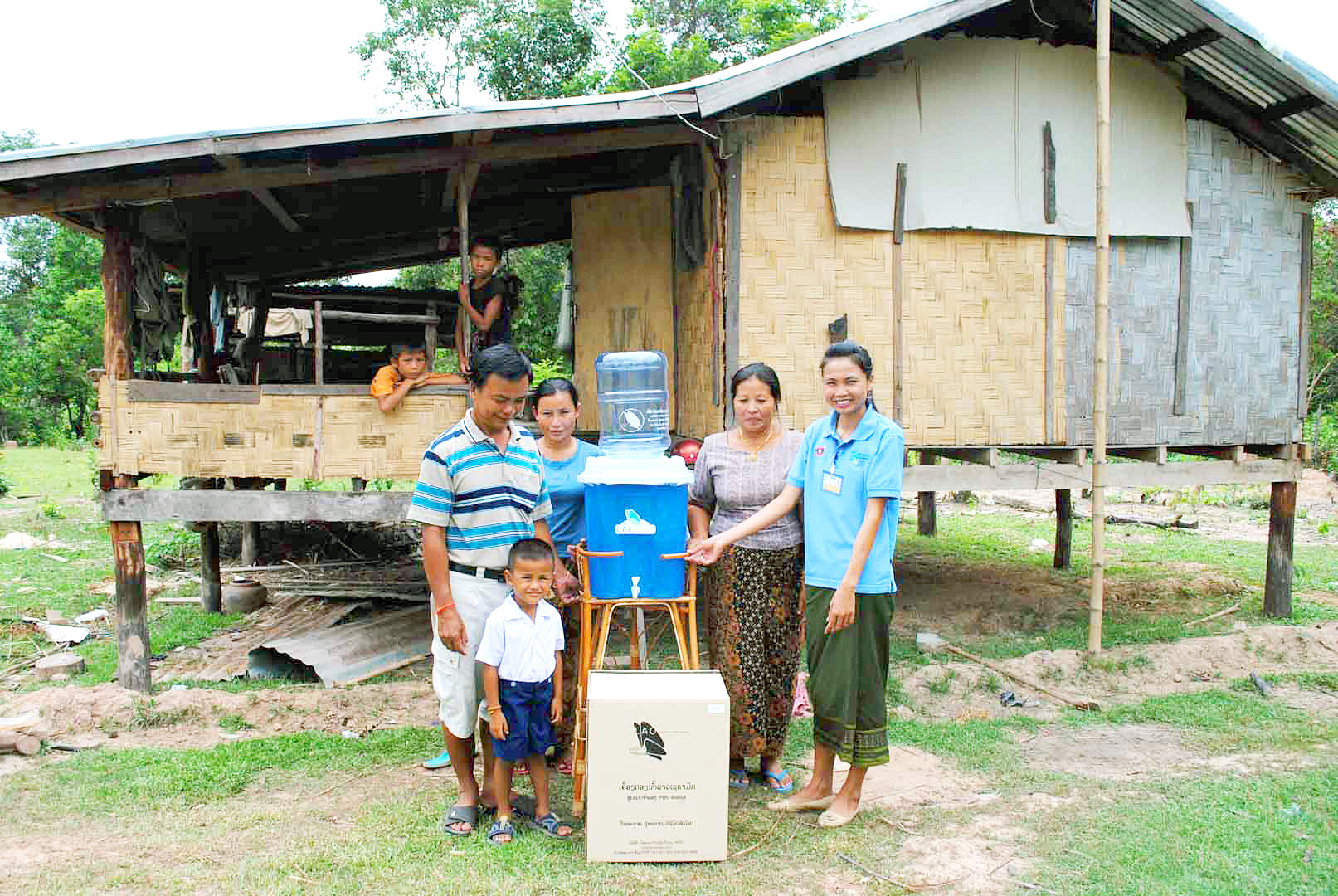
Ceramic water filters save CO2 and improve health
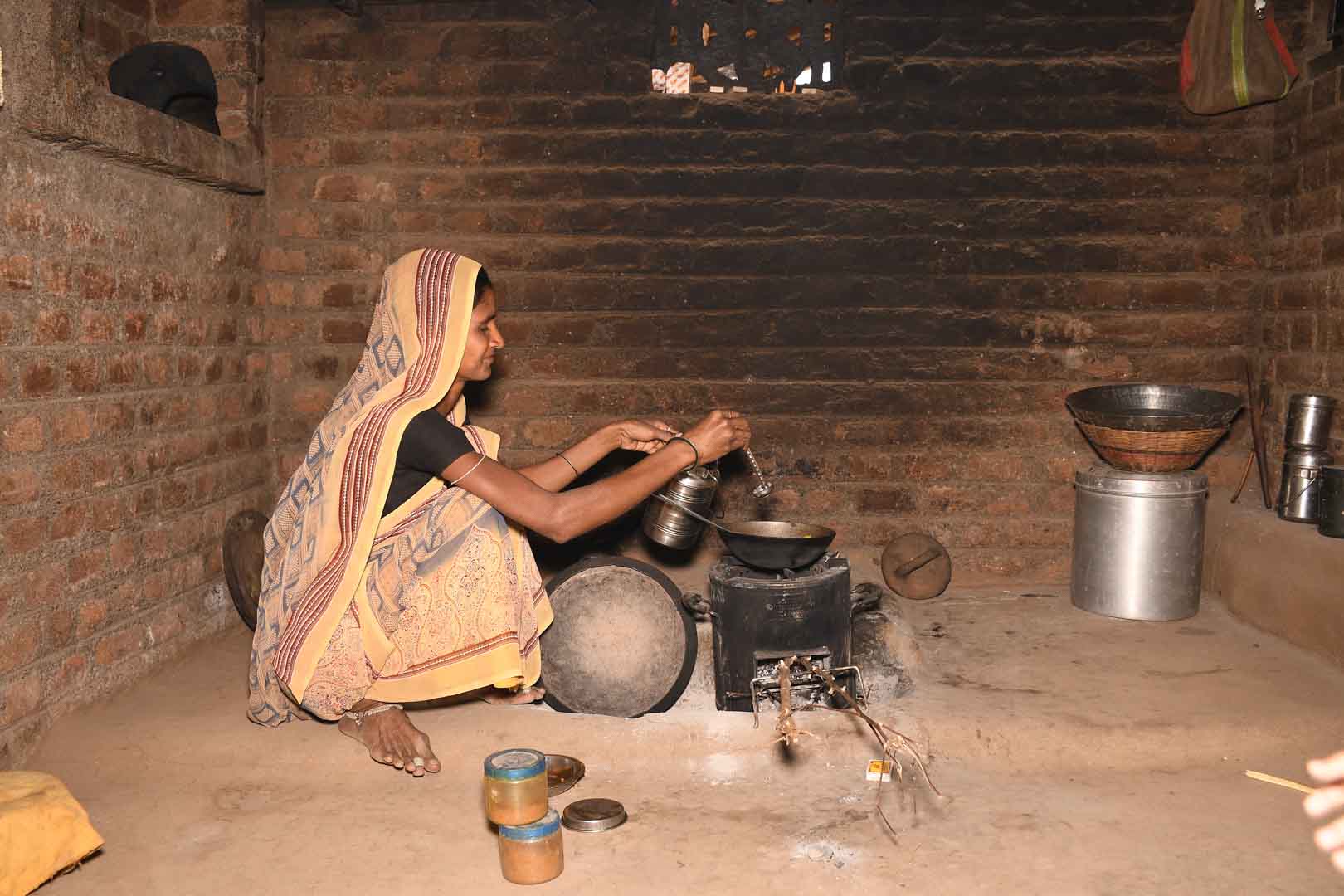
Improved cookstoves worldwide – for better health and cleaner air

A certified climate project combined with additional commitment
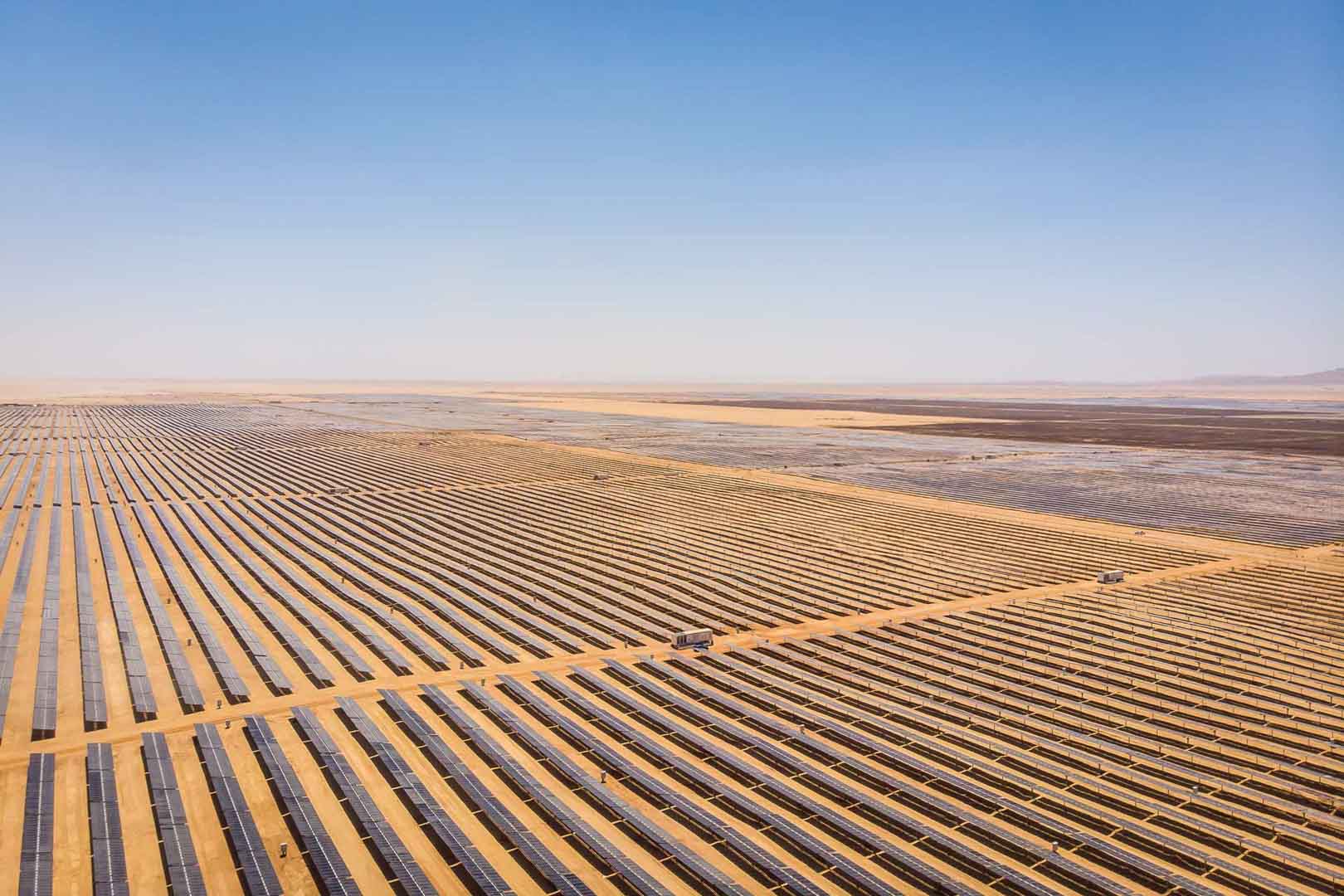
Powering access to renewable energy in Africa

A certified climate project combined with additional commitment
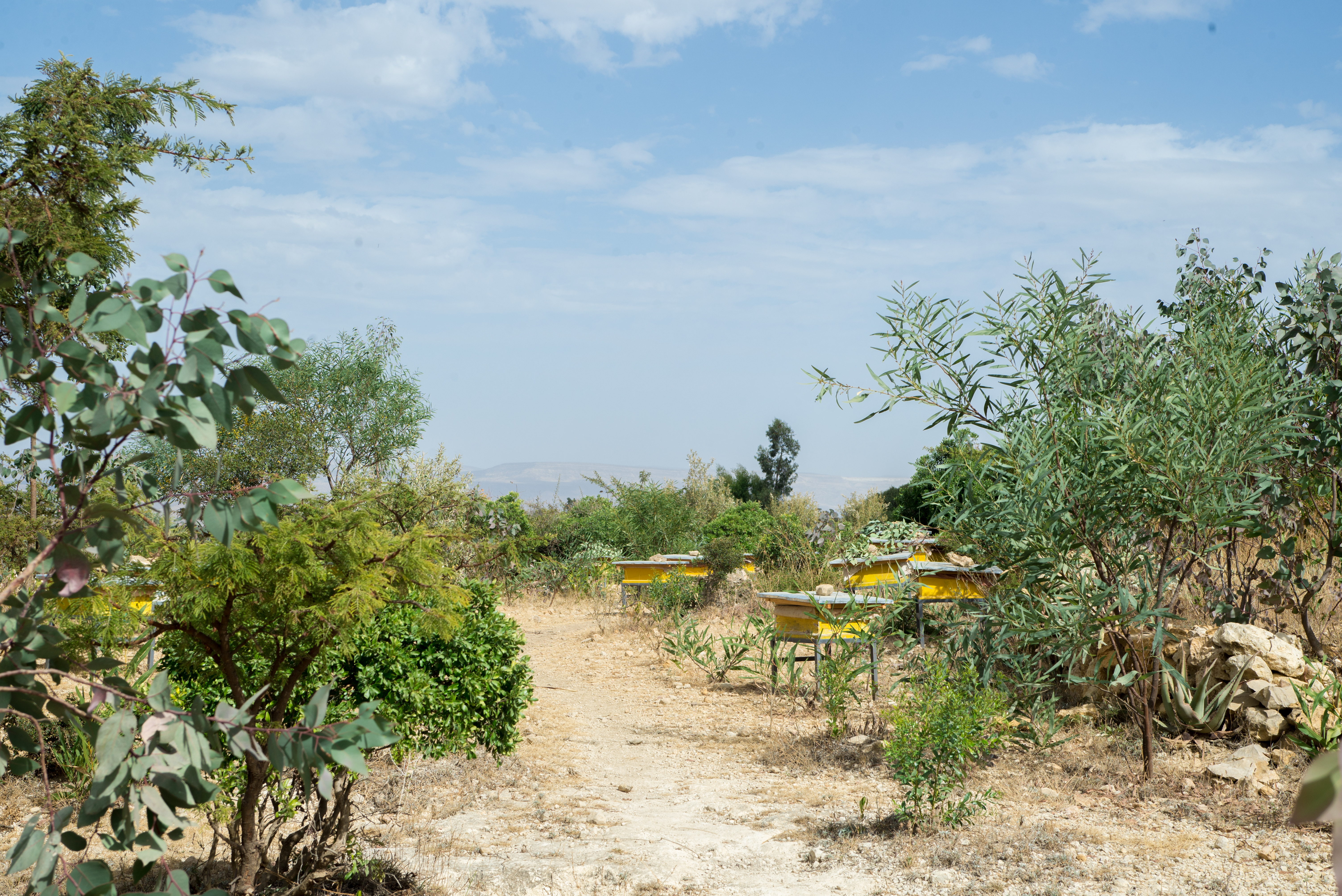
Restored ecosystems remove carbon
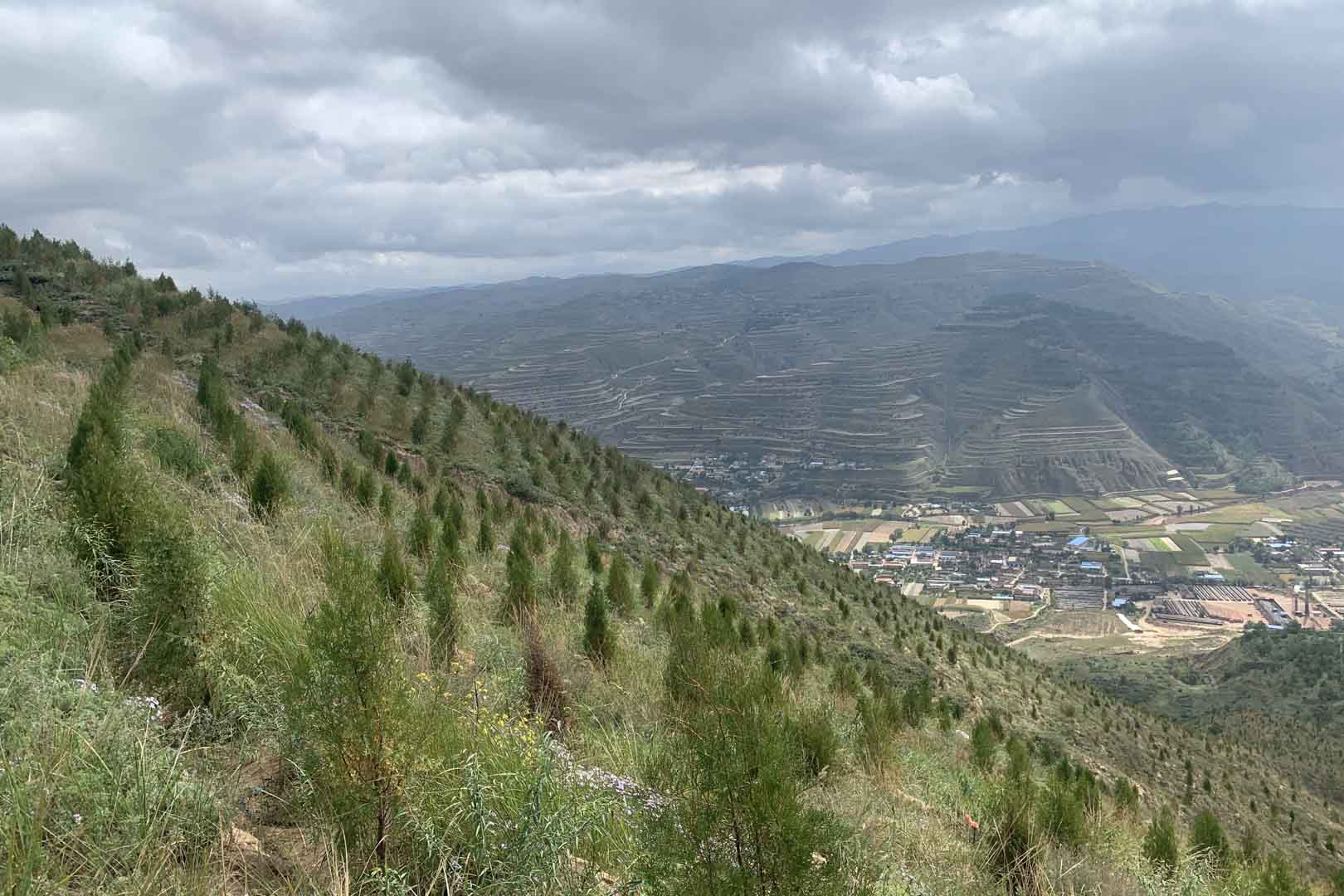
Turning degraded farmlands into healthy ecosystems
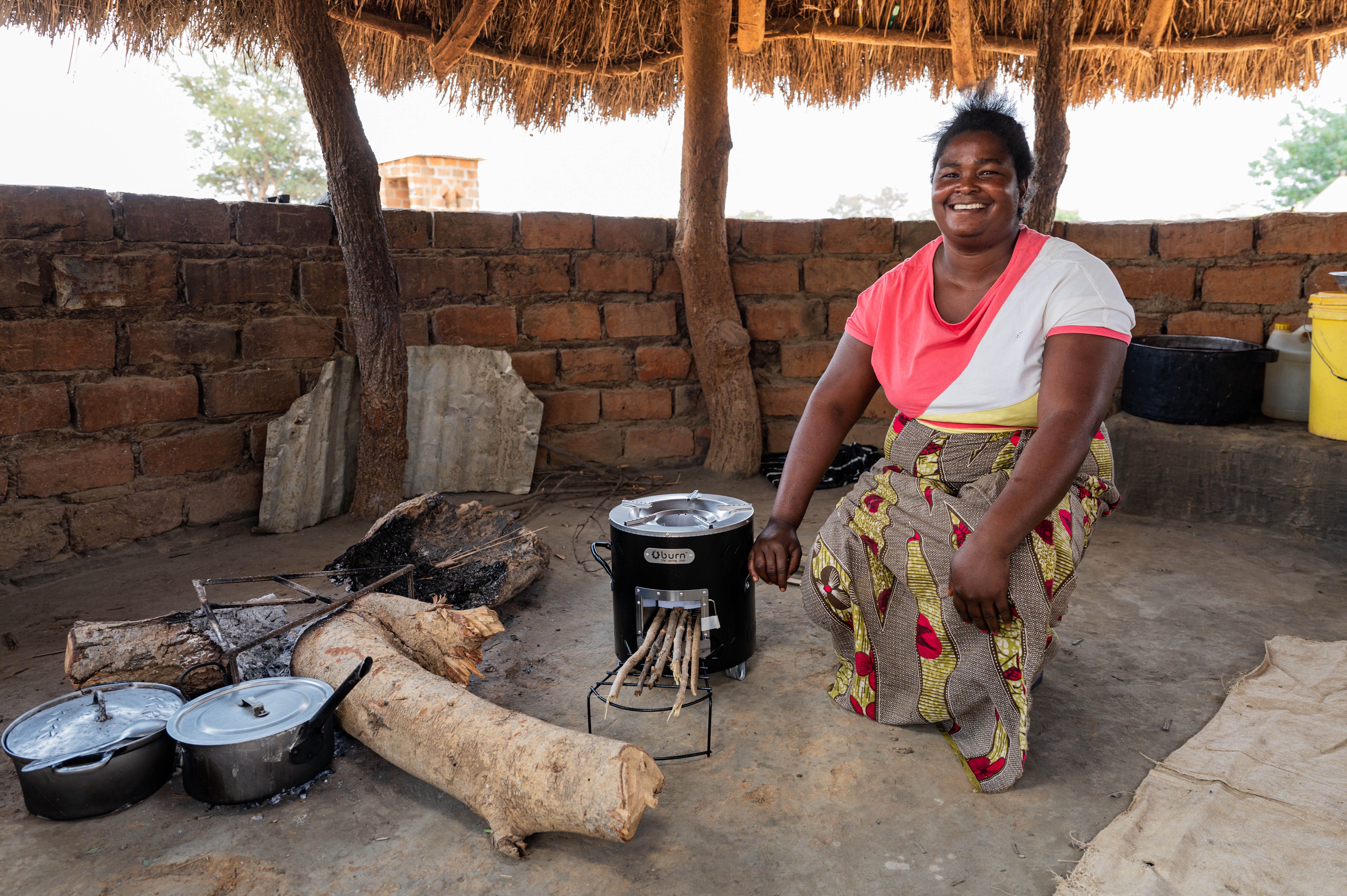
Improved cookstoves - better for health and the environment
